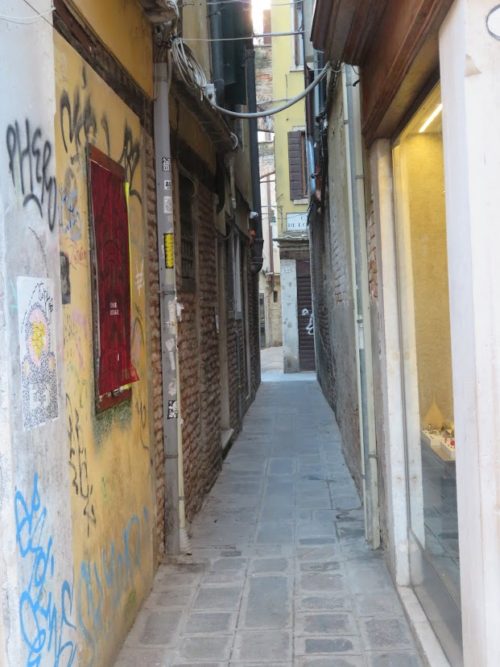
I had an interesting dream last night, set in Venice; nothing particular happened but I did awaken with this thought: It’s not the canals that make Venice so particular (special, different, beautiful, strange, etc.), it’s the corners.
Why is that? Because there are so incredibly many of them, and when you turn one, or two, or more, you either move ahead or you somehow find yourself pretty much back where you started.
That’s my new metaphor for Venice. As far as I can tell, after the enormous difficulties and turmoil caused by two years of Covid, somehow it seems that we’re back where we started. You might think that could be a good thing (“Back to normal!”) except that it’s not (“Back to normal!”). Things keep happening, but almost nothing really changes. Names change occasionally, but the headlines seem to be set on “replay.”
There are now fewer than 50,000 Venetians living in the historic center of Venice. (In 2021, there were 50,434). This is a threshold many people dreaded crossing, but it has been crossed nonetheless. I have no idea what this means in real life, because supermarkets continue to open. Who are their customers?
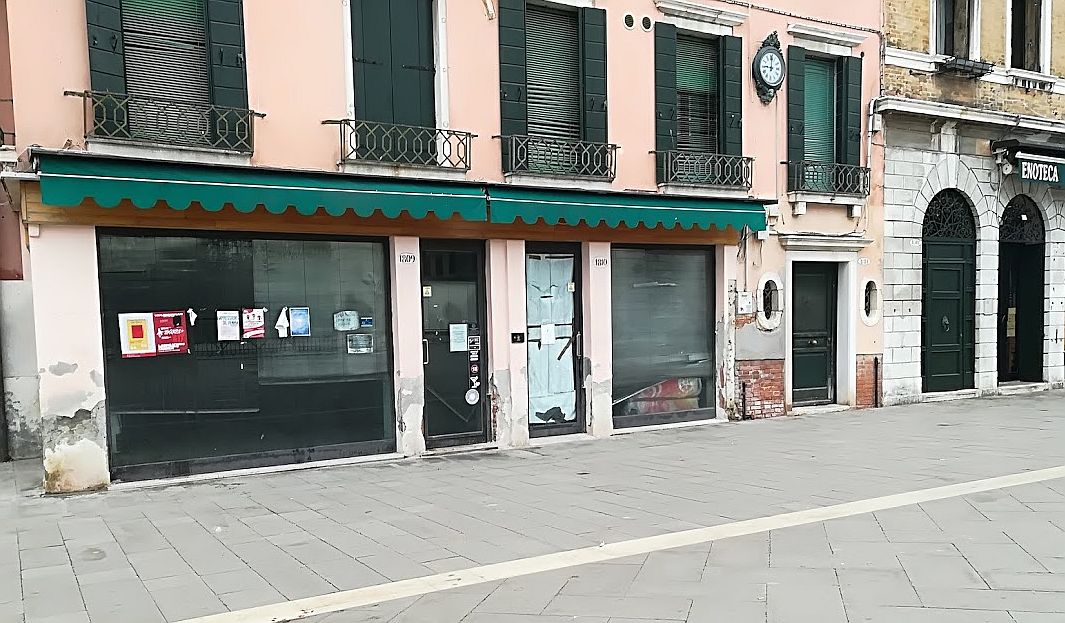
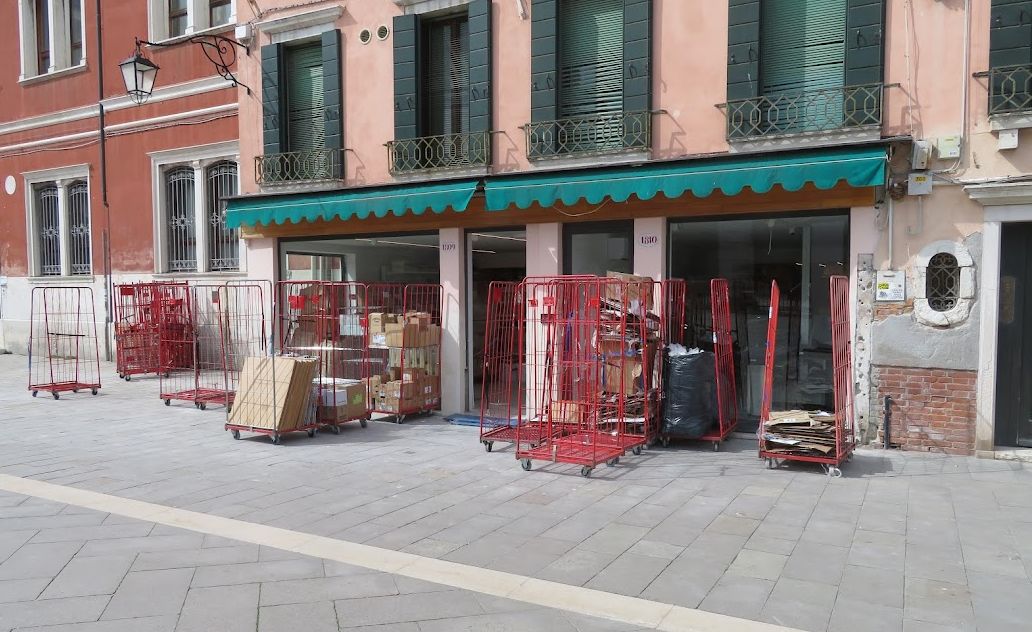
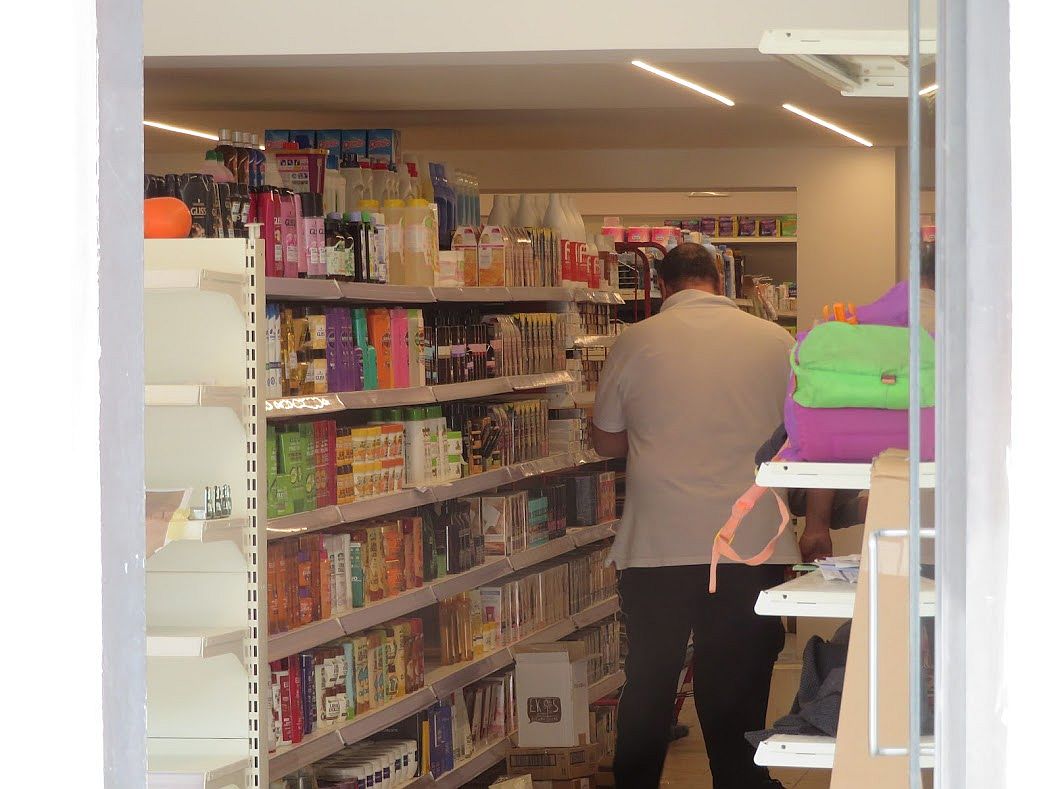
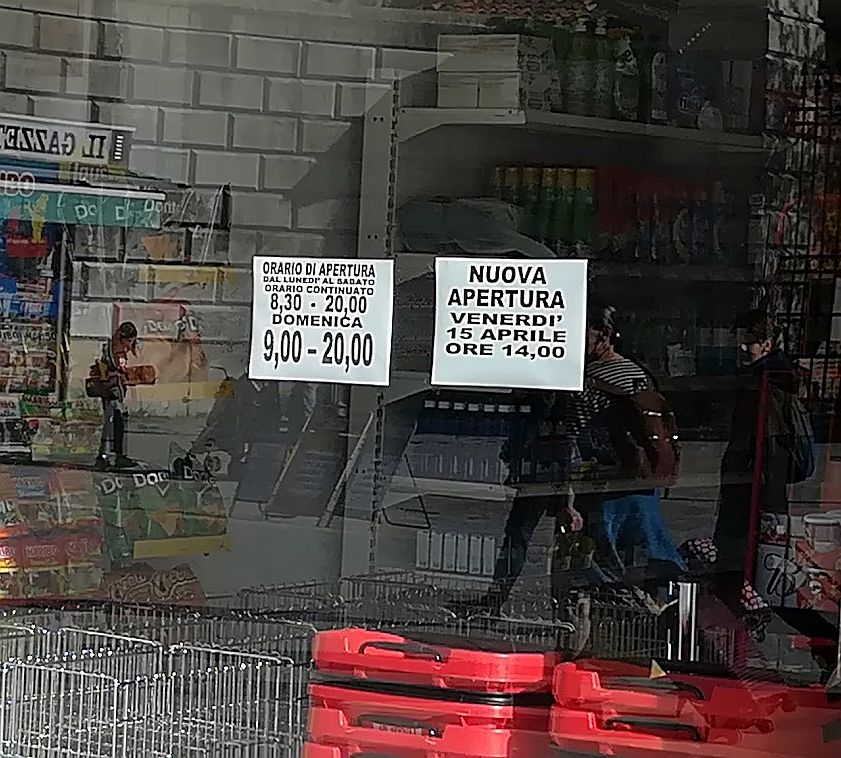

When the mayor uses the term “Venice,” he is referring to the general metropolitan entity, the preponderance of which is on the mainland. Everybody knows he really only cares about the mainland: “The future of Venice,” he said openly, “is Mestre.” Take that, Venice-lovers! The future of Milwaukee may well be Sheboygan, but to someone who thinks of the Piazza San Marco when he/she hears “Venice,” Mestre is a bit much. Still, this is how it’s going. Eight of the ten city councilors are from the mainland. The ninth is in Venice itself, the tenth lives on the Lido. And of course the mayor too is from the mainland, where he has business interests. So voices speaking up for the dwindling historic center are faint and few.
Meanwhile, daily life is made up of stores closing, stores opening. Unpredictable transit strikes and all-too-predictable wailing by ACTV, we have no money we have no money. Tourists: We want them, but they’re making us crazy. The sudden drought of Russian tourists has torn a new hole in the city’s financial fabric.
Cruises: Big ships are banished from the Bacino of San Marco. The cruise ships will enter the lagoon at Malamocco, toiling like container ships up to the raggedy docks in the commercial port zone of Marghera.
The MSC “Sinfonia” opened the season by docking at Marghera on April 9, the first of the 200 cruises scheduled for this year. Sound good? Not when you compare it to the 565 cruises that stopped (or started) in Venice in 2019. But those days are gone.
MOSE: There will never be anything new to say about this. Work stopped, problems found, money gone, problems found, money arrives, work starts again, problems found, date of completion always on the horizon.
The thing is that headlines blurt out news that any Venetian already knew years ago. Example: Barnacles. Lino mentioned the inevitability of barnacle encrustation to me back in 1994. It would be impossible to astonish anybody who has kept a boat in the water here. This is as much a fact as that water is wet.
Still, somebody finally noticed the problem. In 2018, an article announced the discovery by an underwater drone that the MOSE barriers were rusting and encrusted with barnacles. Time passes, nothing is done. In 2022, another headline: Barnacles!! Or to be even more precise: Mussels.
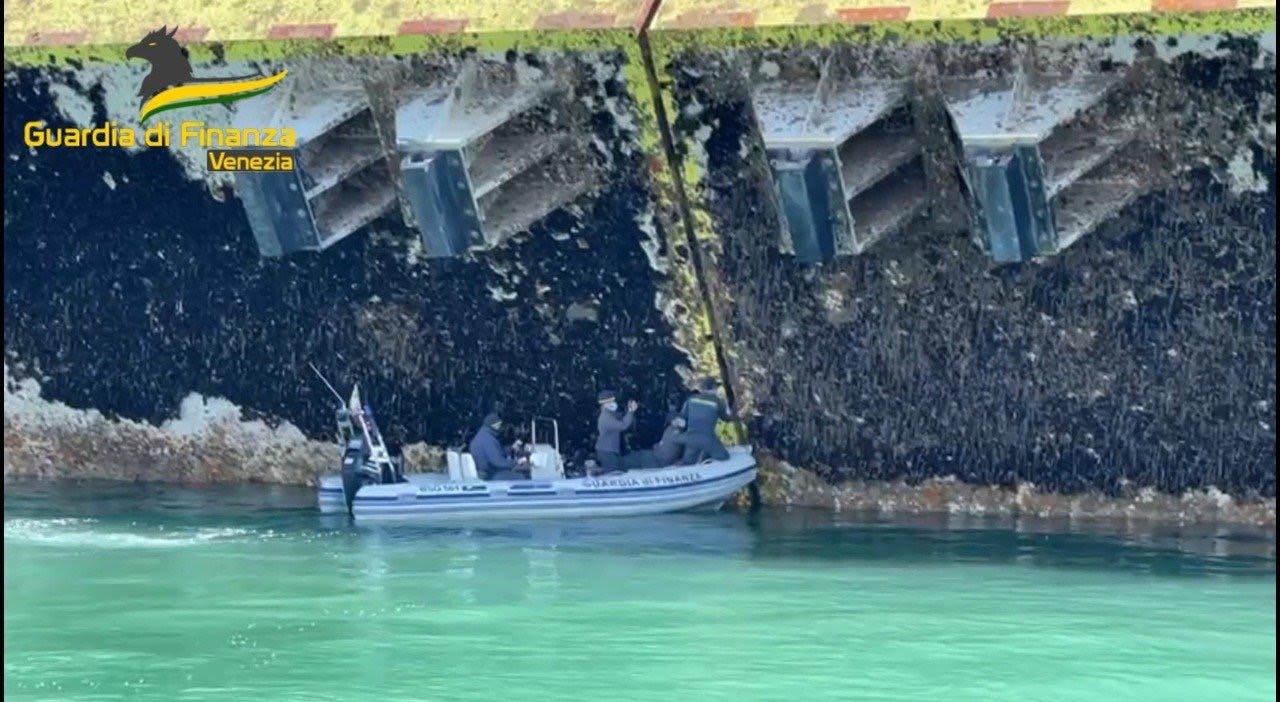
Turns out that the gates that have been lying in their assigned position underwater awaiting the call to block the tide have not been receiving the required and agreed-upon maintenance. The money for maintenance was allotted some time back, but it seems to have not been spent on maintenance. If the crud was predictable, so was the fate of the maintenance money.
Years ago, the cost of annual maintenance was forecast to be some 15 million euros. Then estimates of maintenance costs rose to 80 million euros, and now they’re projected to be 200 million euros per year. Where do these numbers come from? Are they breeding in dark corners, like wire hangers? In any case, vast amounts of money can’t ever sit still long enough to be spent on what they’re supposed to be spent on. When you actually need the money, somehow it’s just not there anymore.
There’s no need to read headlines, this has been going on for generations now. The big hold-back-the-tide project began in 1973, when the Special Law for Venice allotted money for a competition for designs (held in 1975). When the first stone was laid in 2003, the end was promised for 2010. We were all so young, so innocent… Then the 2014 deadline came and went, then the middle of 2018, then the beginning of 2019. The “acqua granda” of November 2019 broke several financial logjams, and work picked up with the promise of concluding in 2021. Sorry, I meant 2023. Endless years pass of “We’ll get there! Give us more money!” Lack of funds closed the works for the entire year of 2021. Rome sends millions, then more millions. And yet, somehow there is never enough.
Tourism: They’re baaaaack. Intermittently, and more often on weekends, still more often just during the day. There were a few Carnival crush-fests in the San Marco area, but nothing noteworthy. I suppose it just wouldn’t be Venice without 100,000 or more visitors in a day. And just now, on the cusp of the Easter weekend, we are back under siege again.
This is supposed to be good (even as we see the interminable lines at the vaporetto stops for boats to Murano and Burano). Venice has got to get back in the game, seeing as it’s the only game there is.
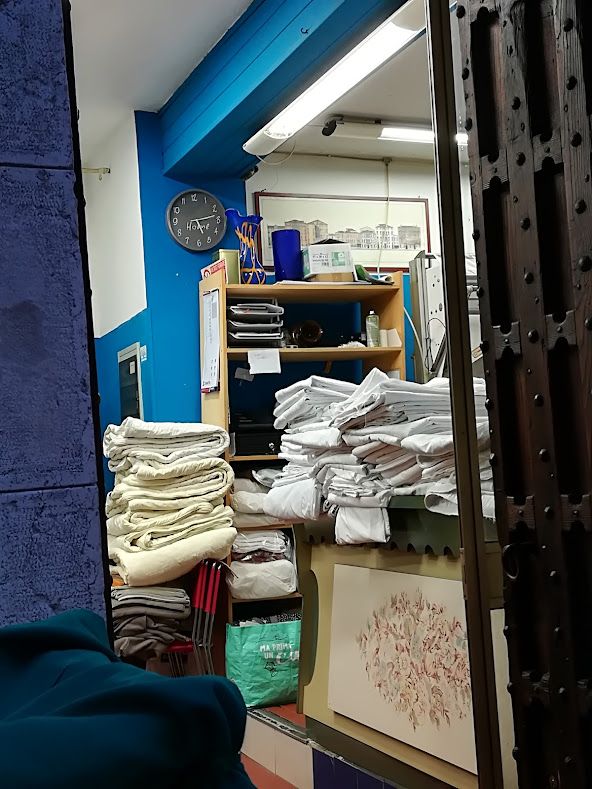
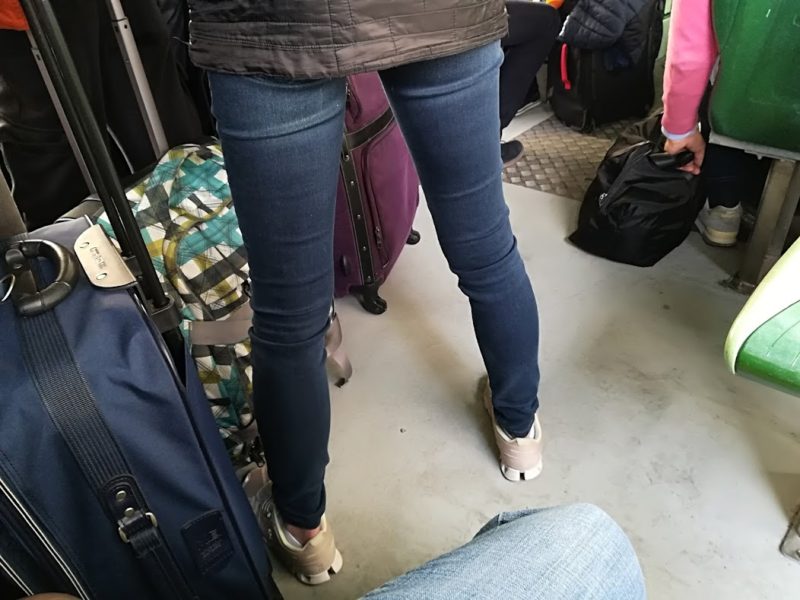
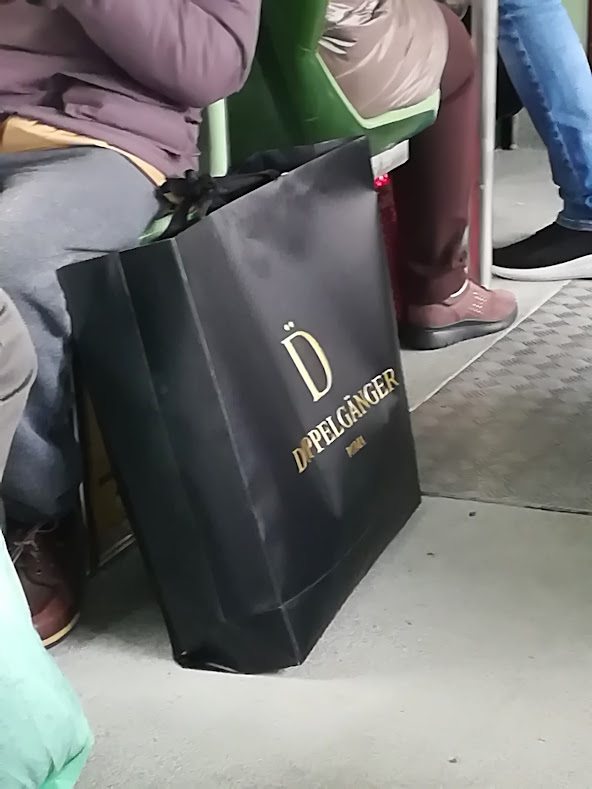
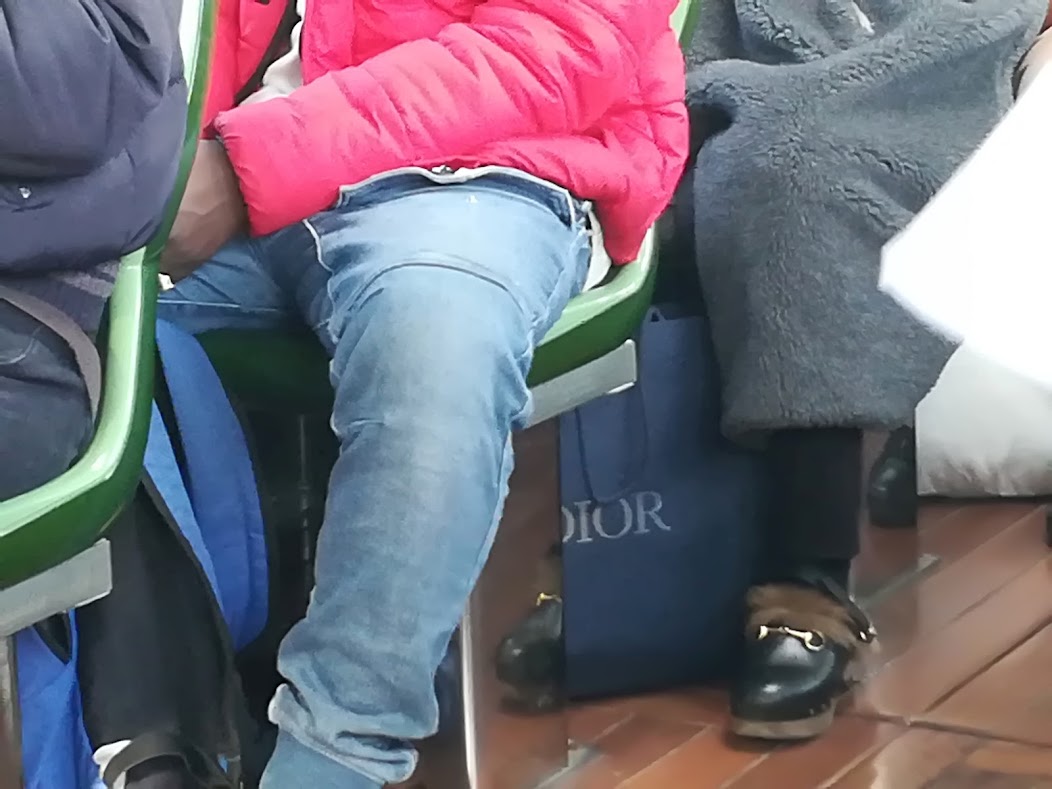
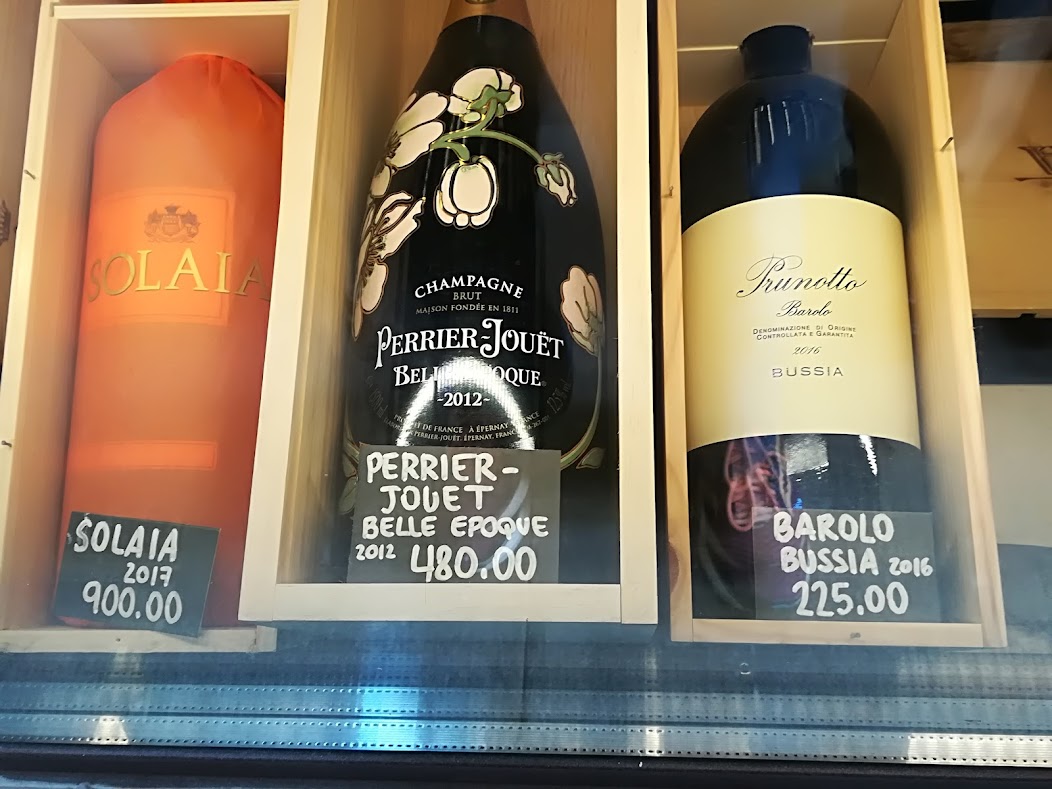
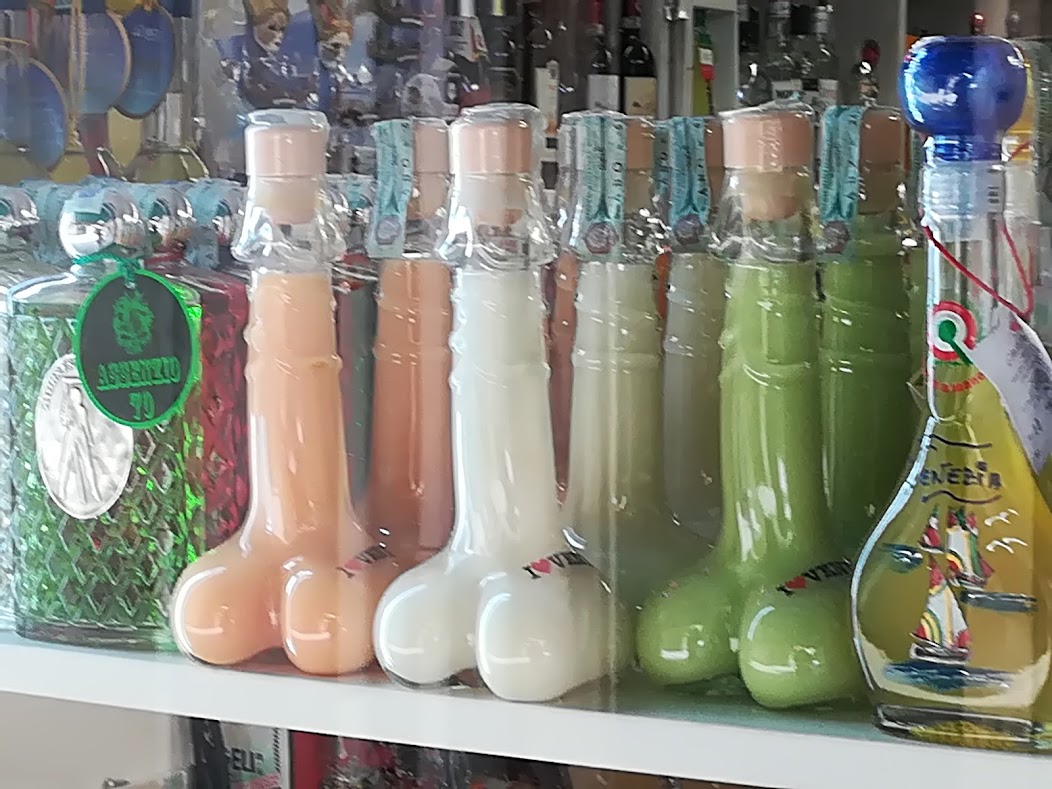
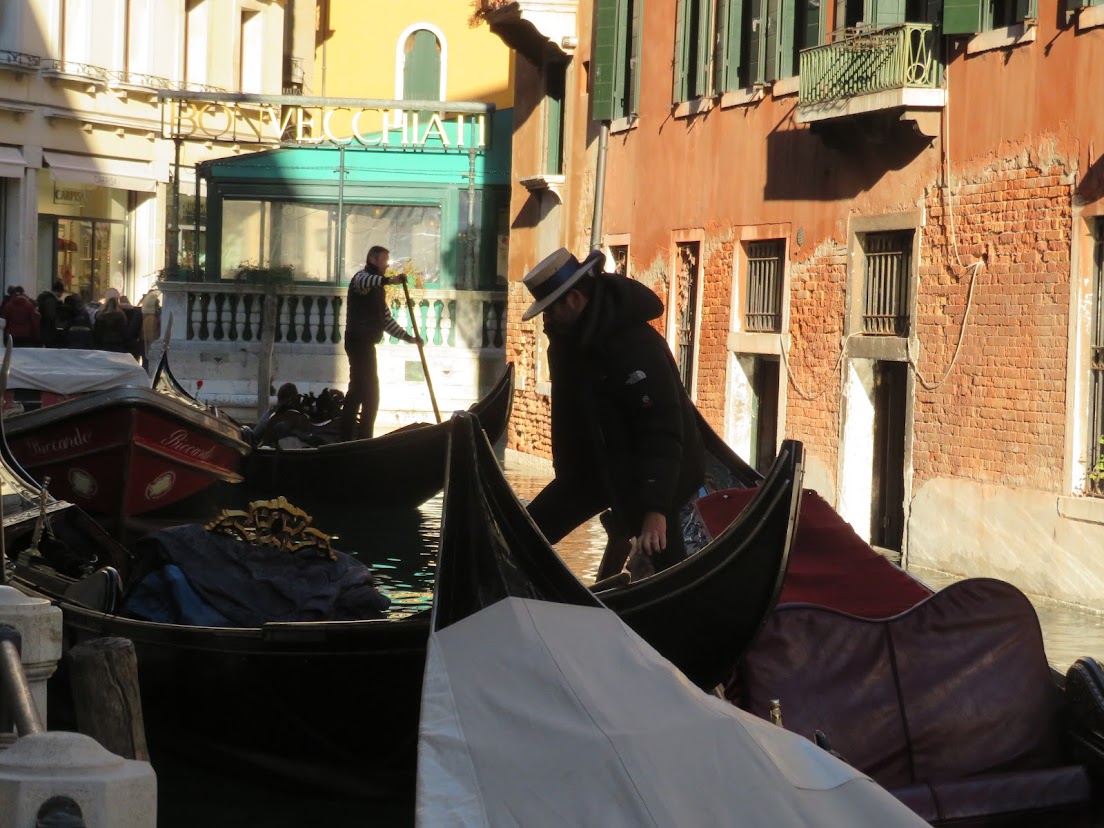
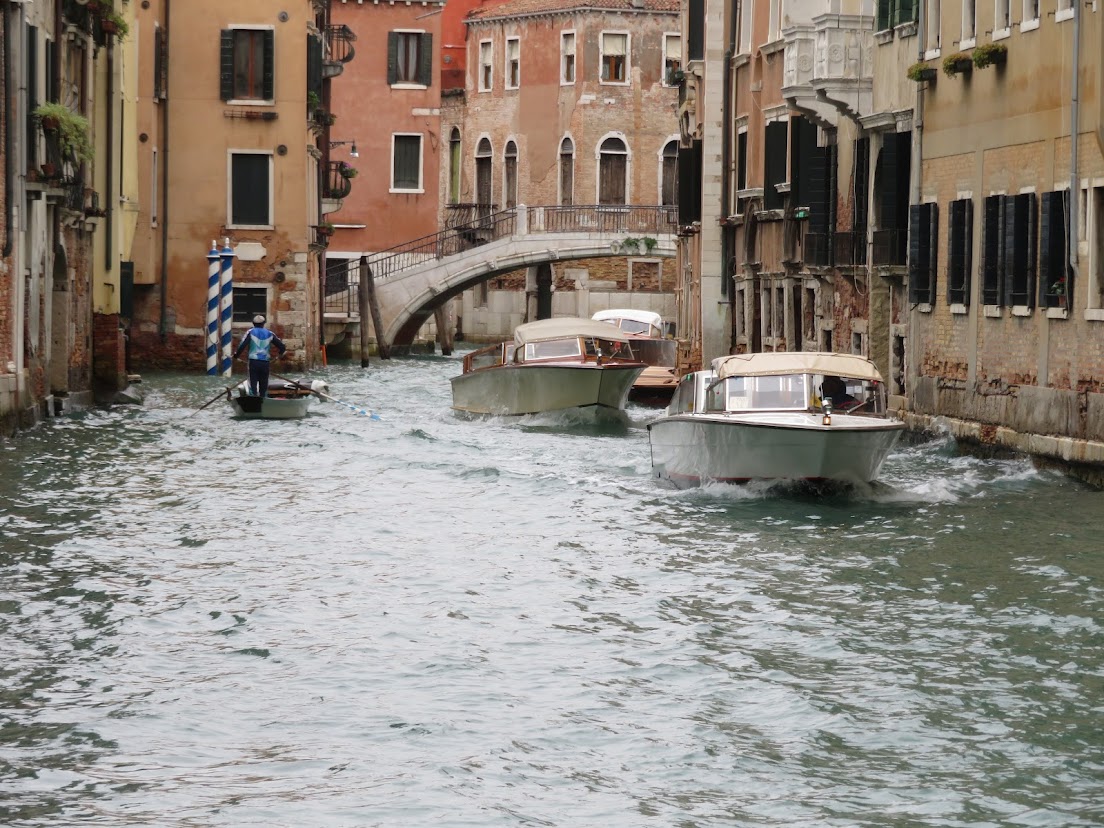
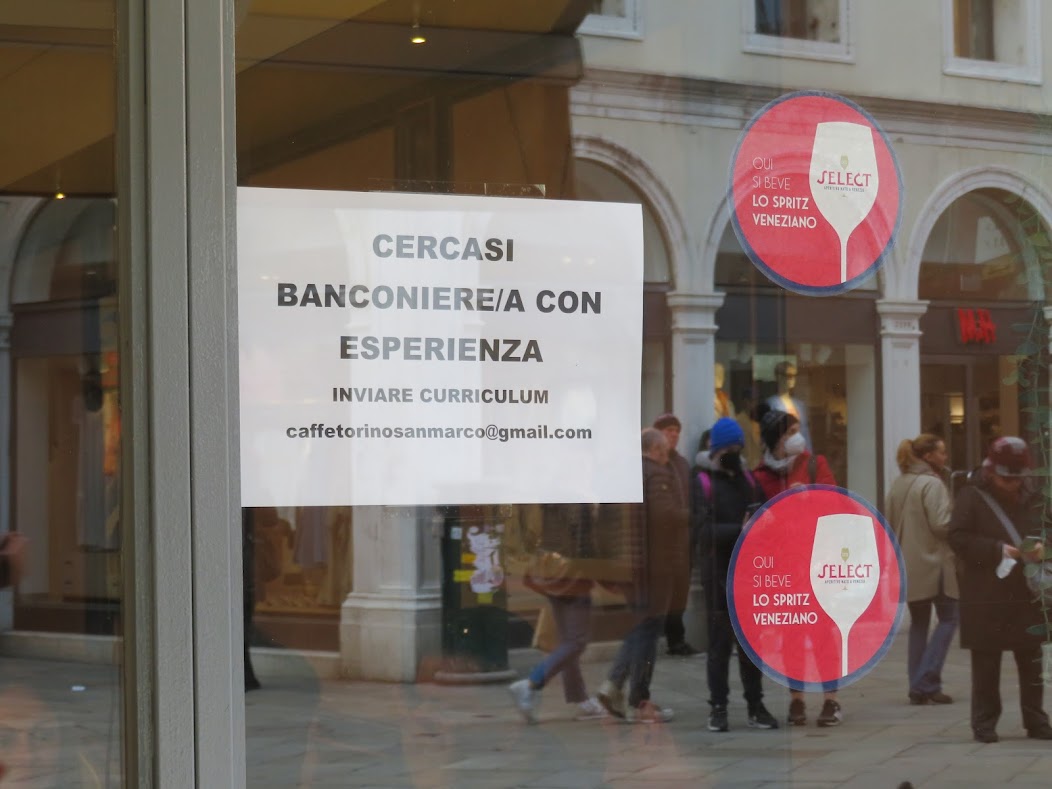
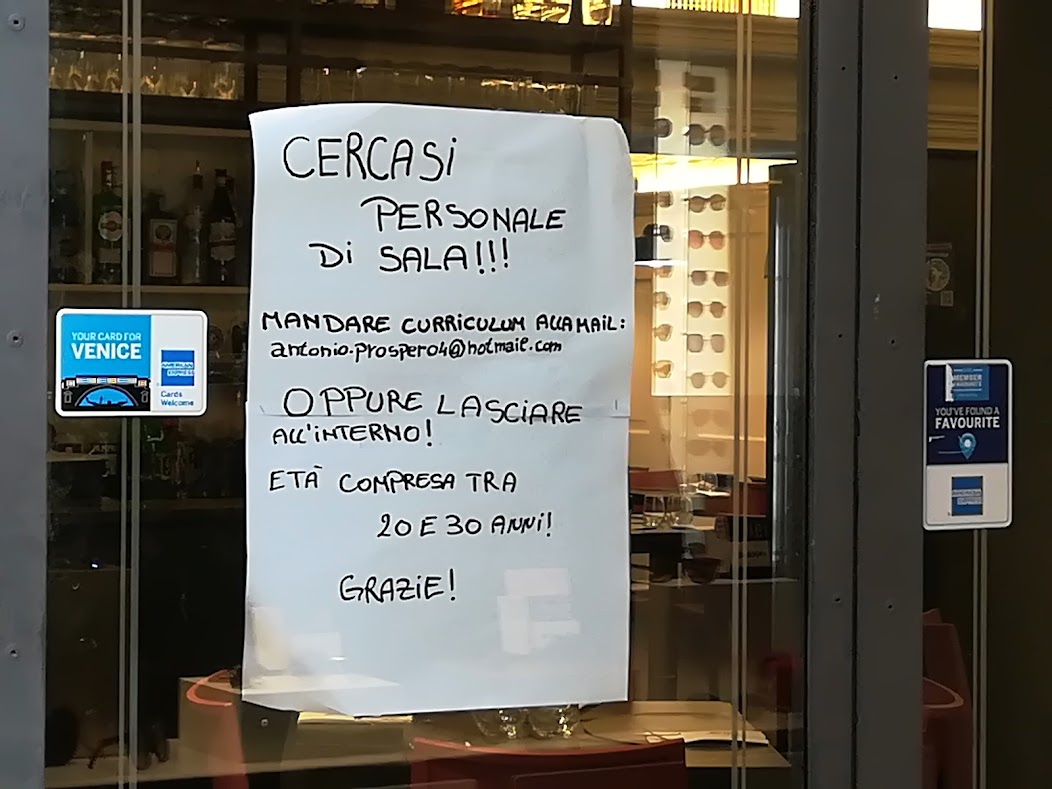
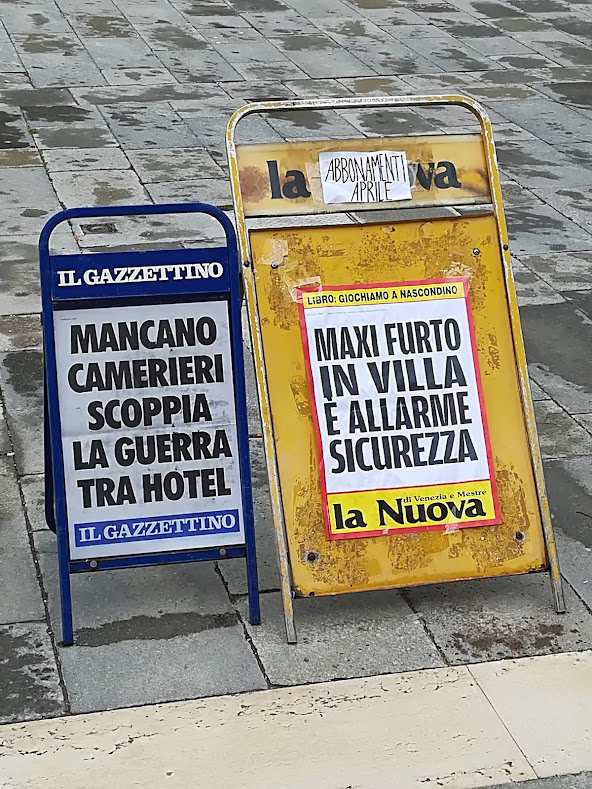
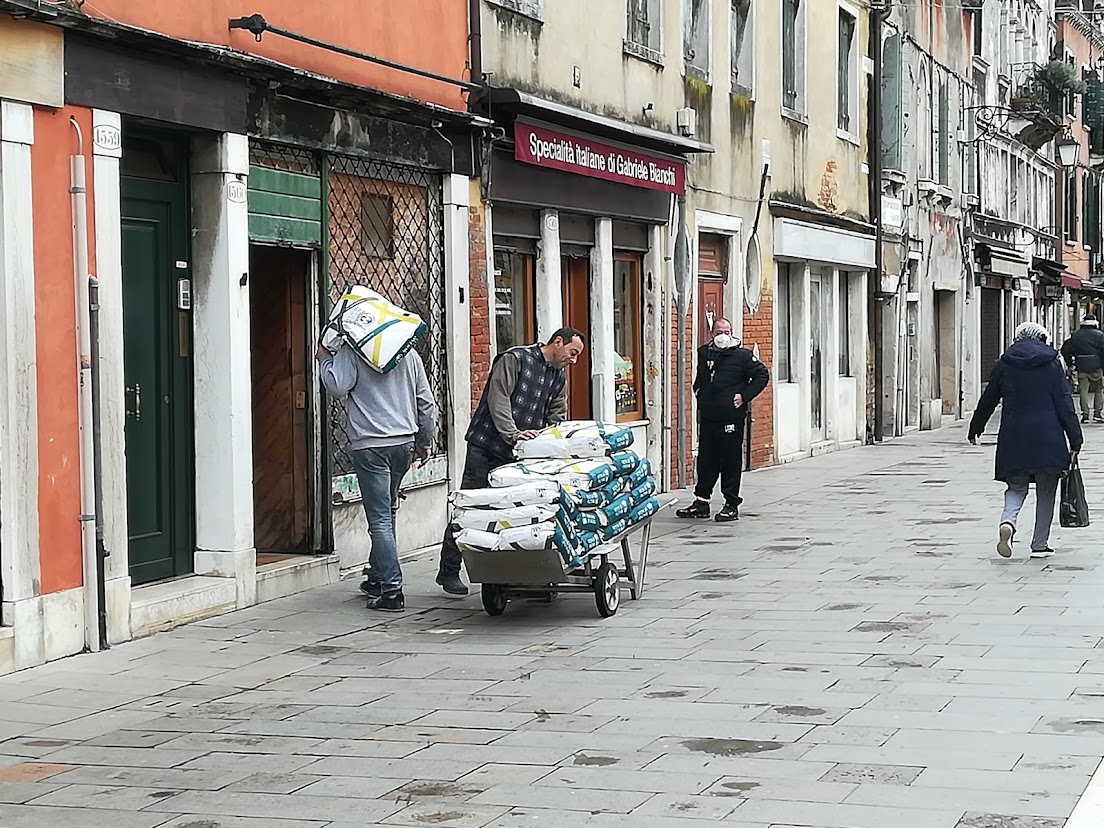
Last year sometime there was a brief quiver of excitement over the resurrected idea of installing turnstiles to control the flow of tourists entering the city at certain points. That idea has been mothballed. I think we don’t want to slow them down. The eternal subject of the selling a ticket to enter Venice has also been put aside. But these ideas will be back. They’re like the swallows going to Capistrano.
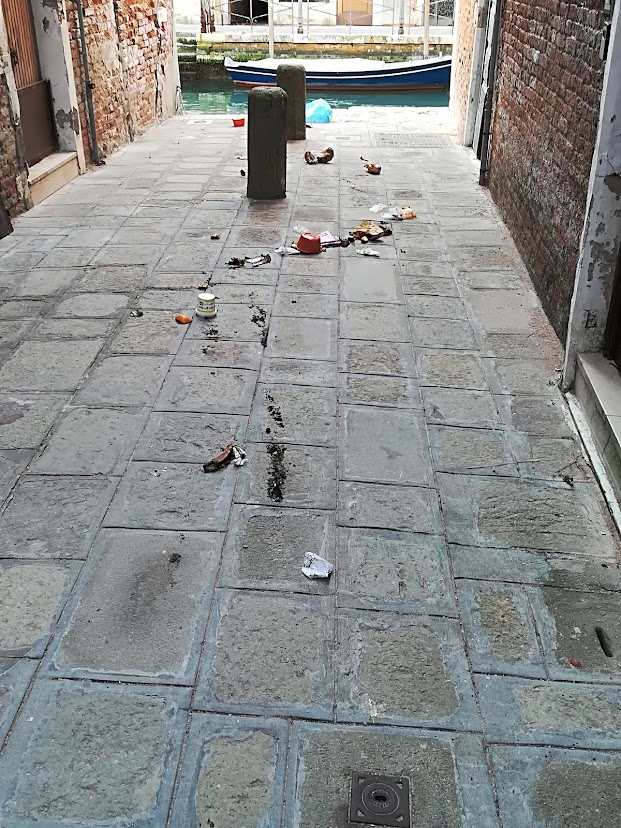
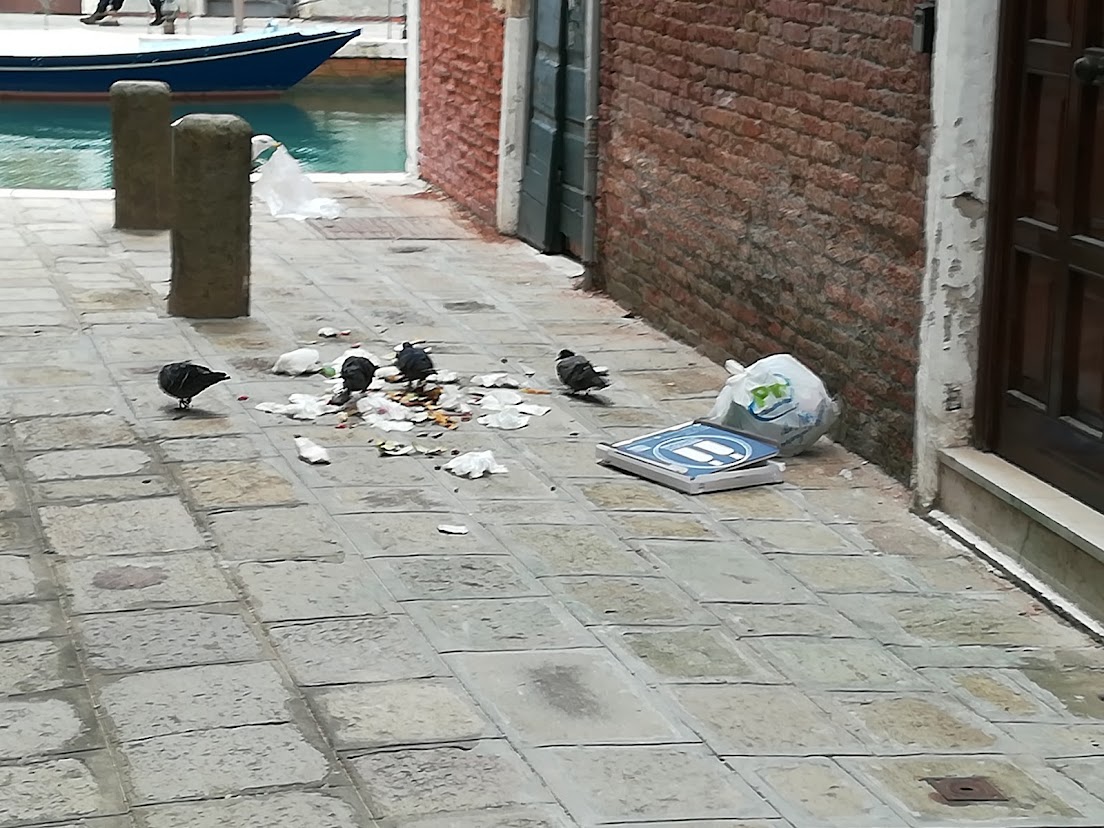

Biennale: Yes, it is opening this year — April 23 to November 27 — and the vibrations are palpable. The small park on the Riva dei Sette Martiri tends to host more light-hearted works. I’ll just call them “works,” because I can’t bring myself to say “art.” I honestly don’t know what they are.
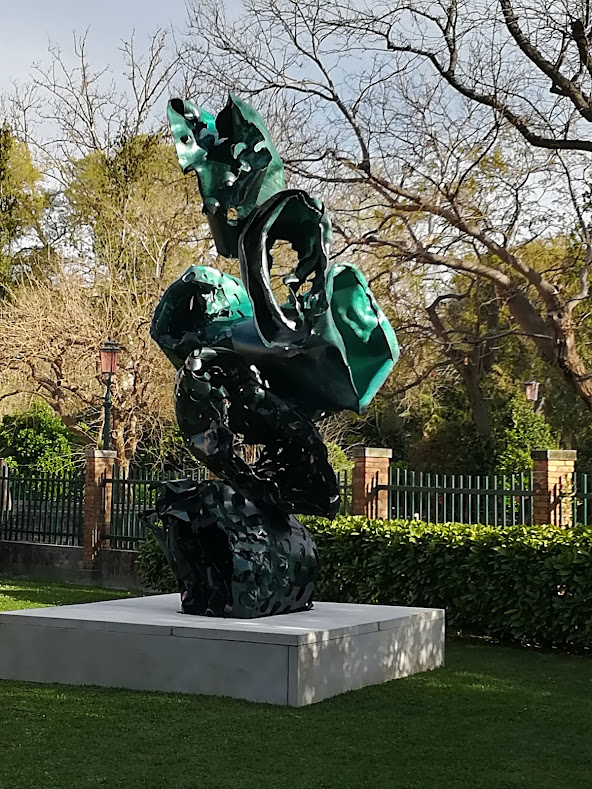
So here we are, caught in the endless cycle of everything. Maybe there will be something new around the next corner (or ten), but I’m not counting on it.
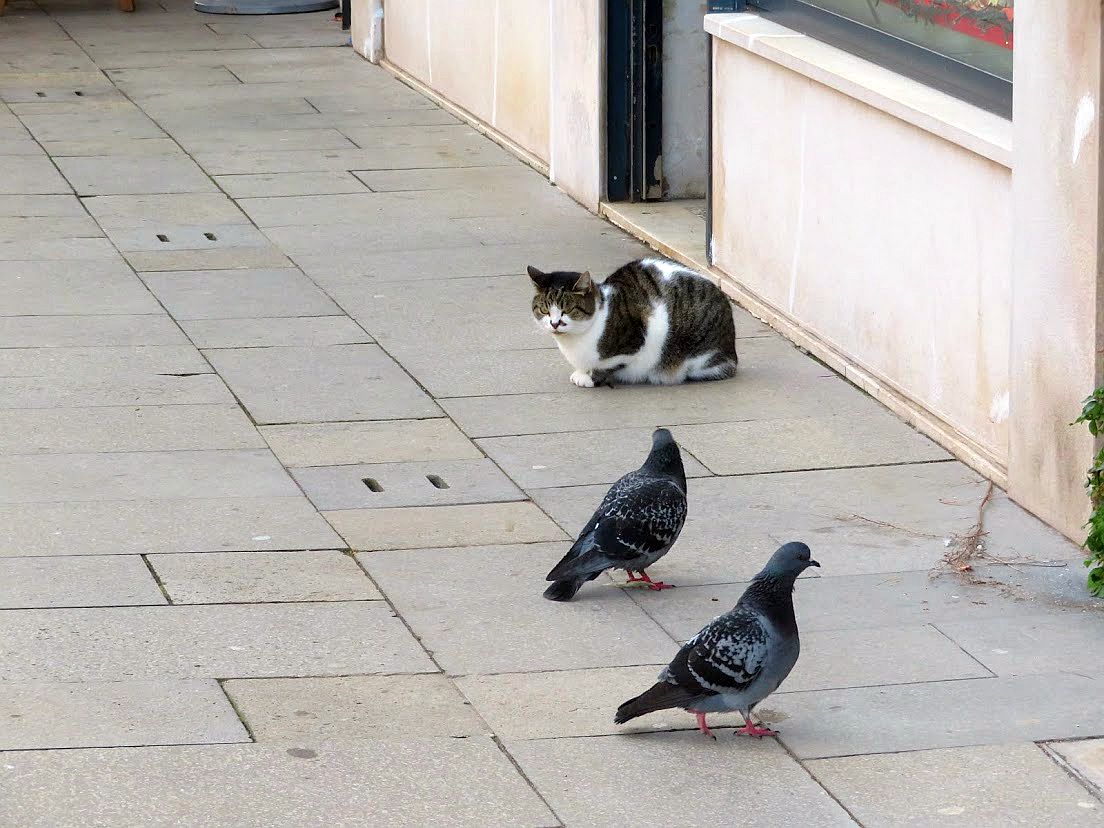

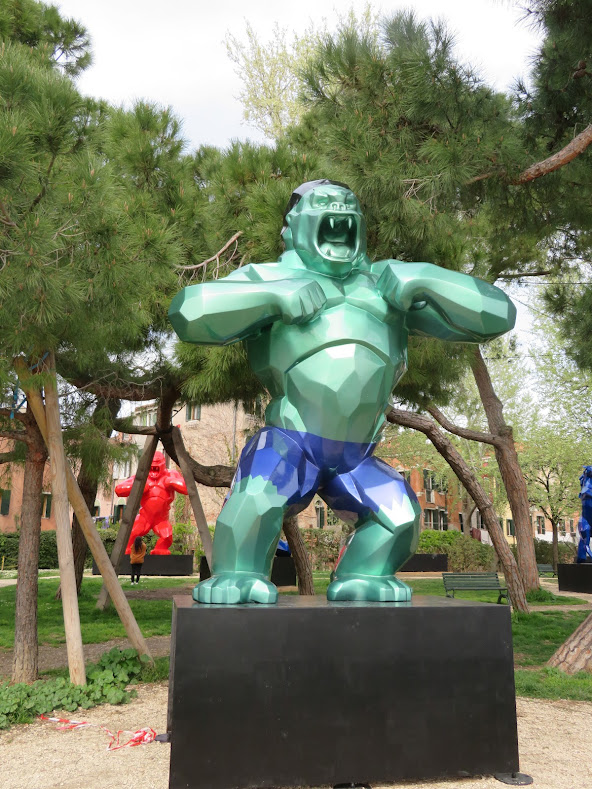
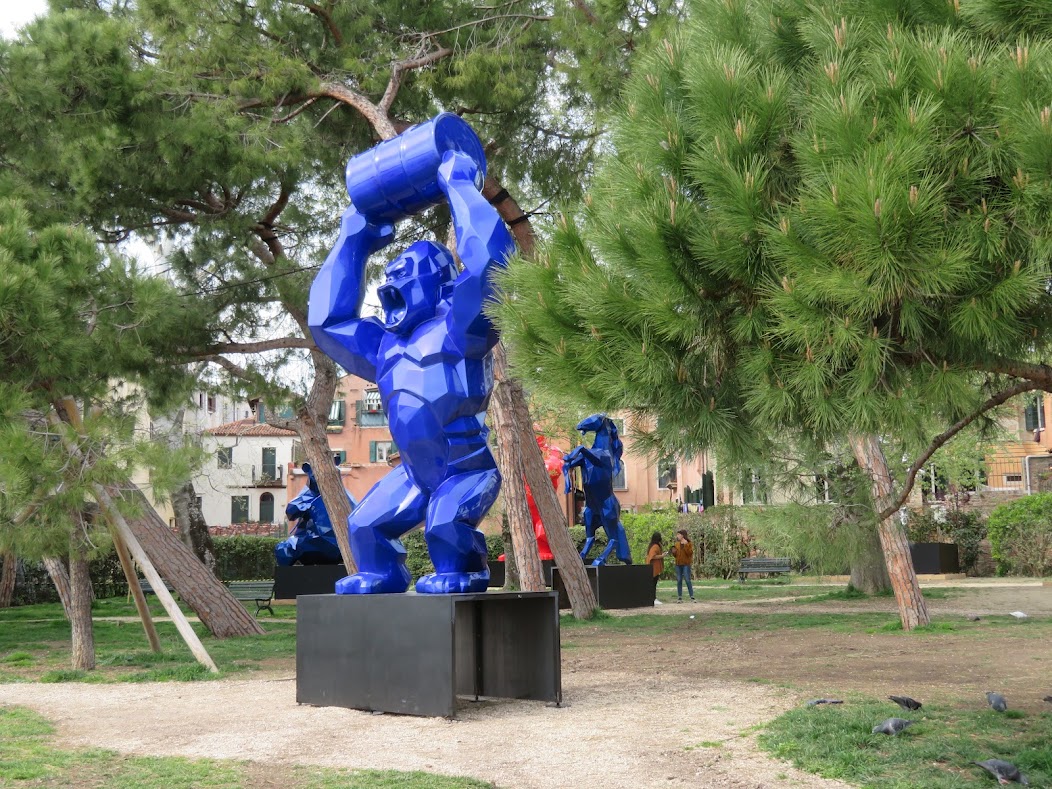
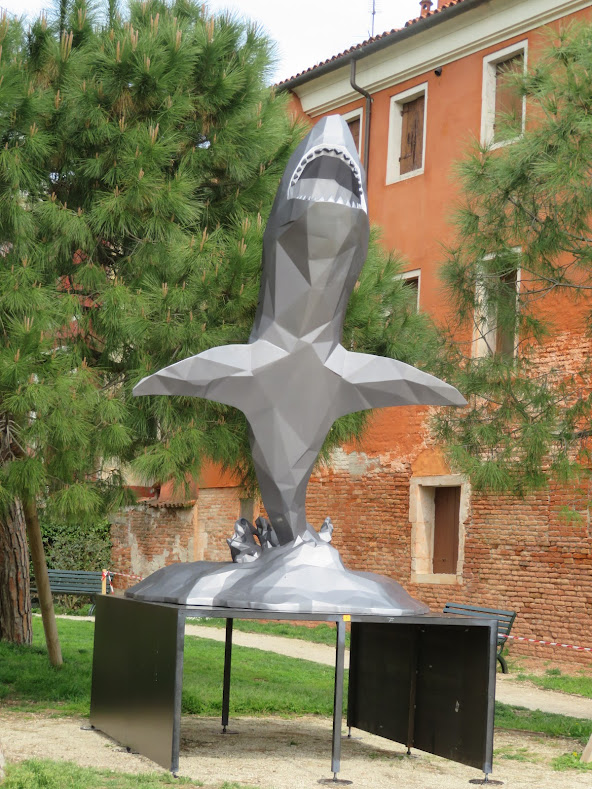
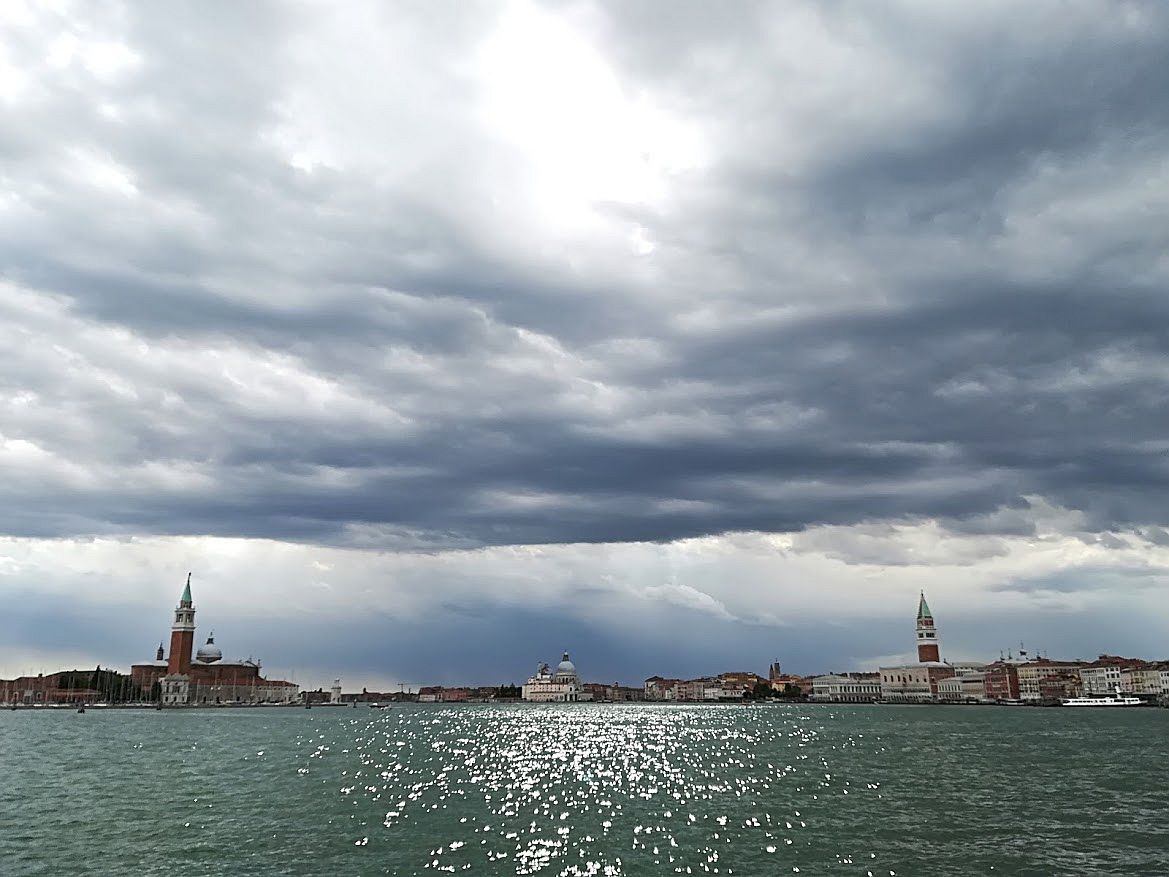

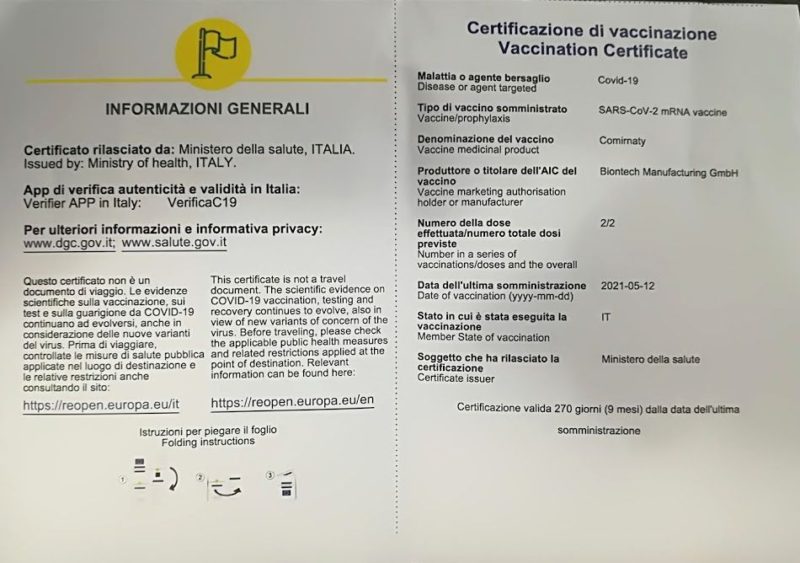
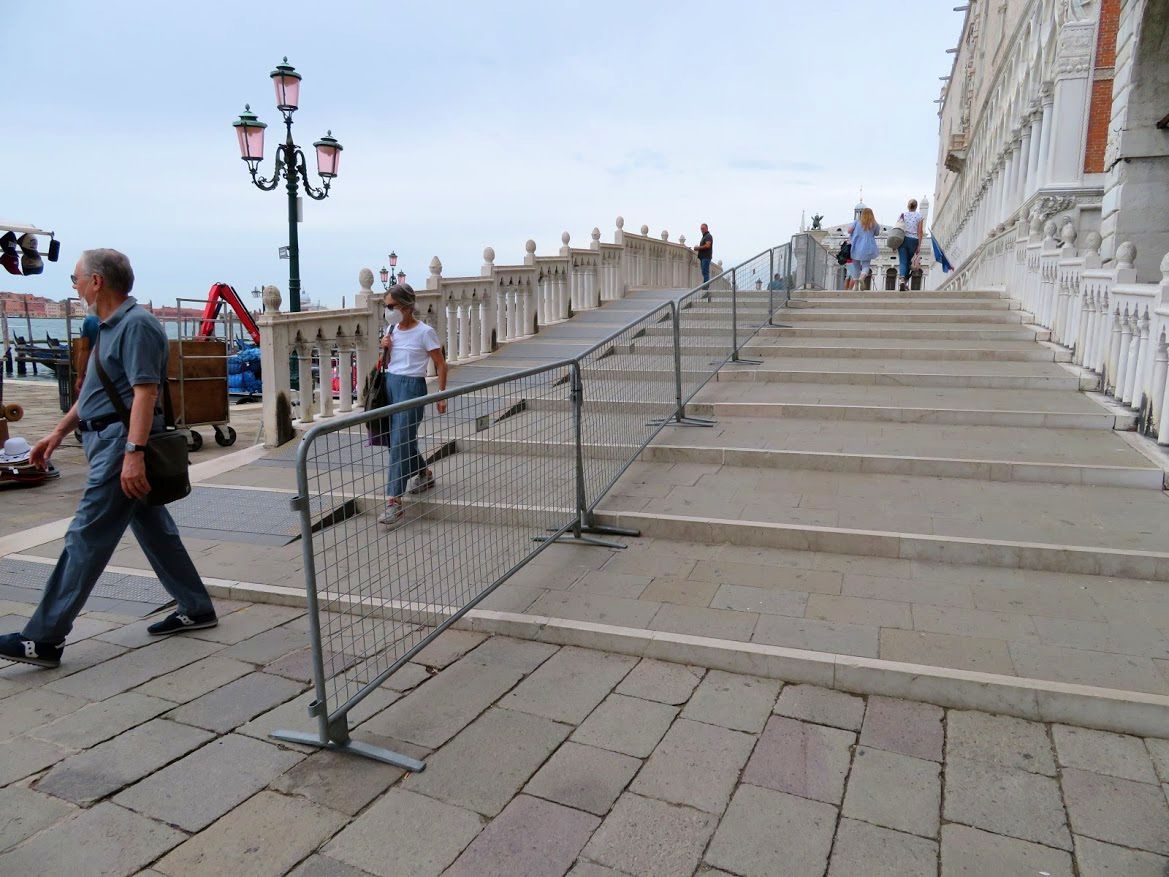
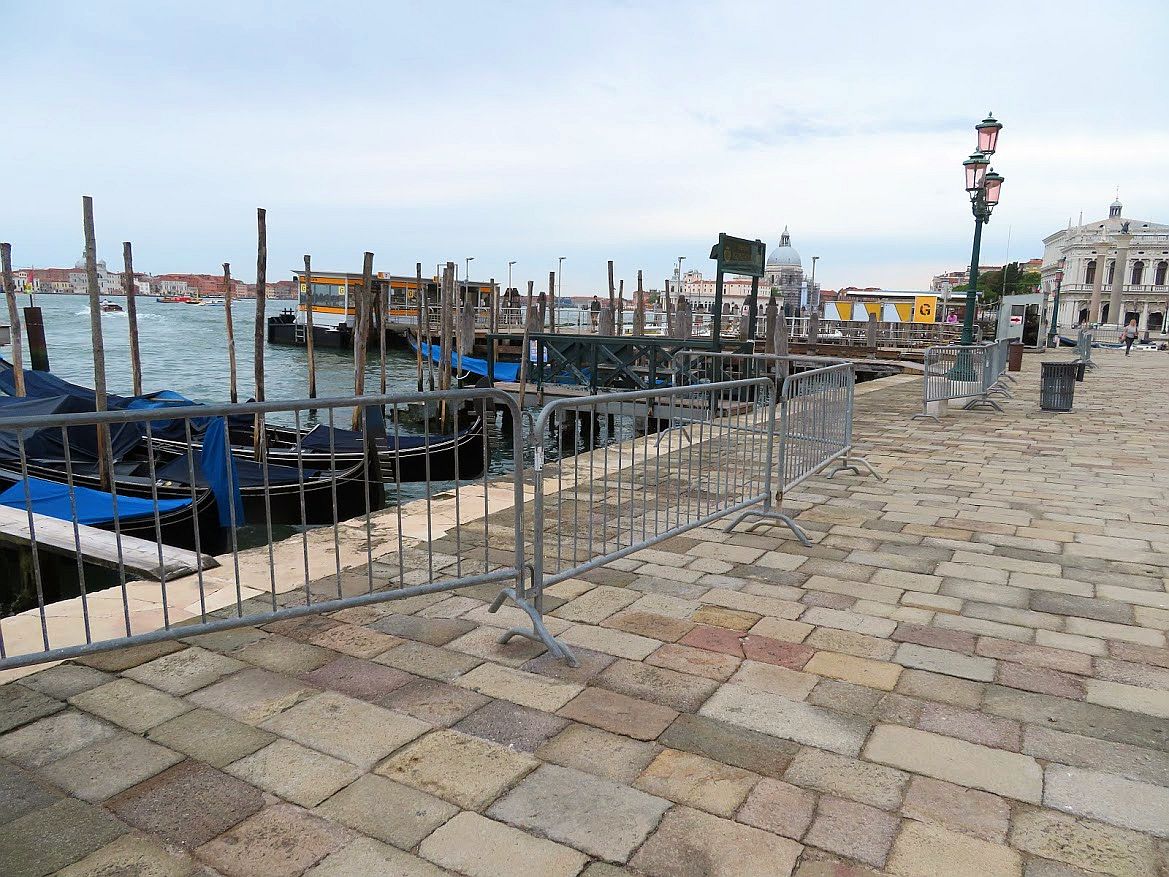
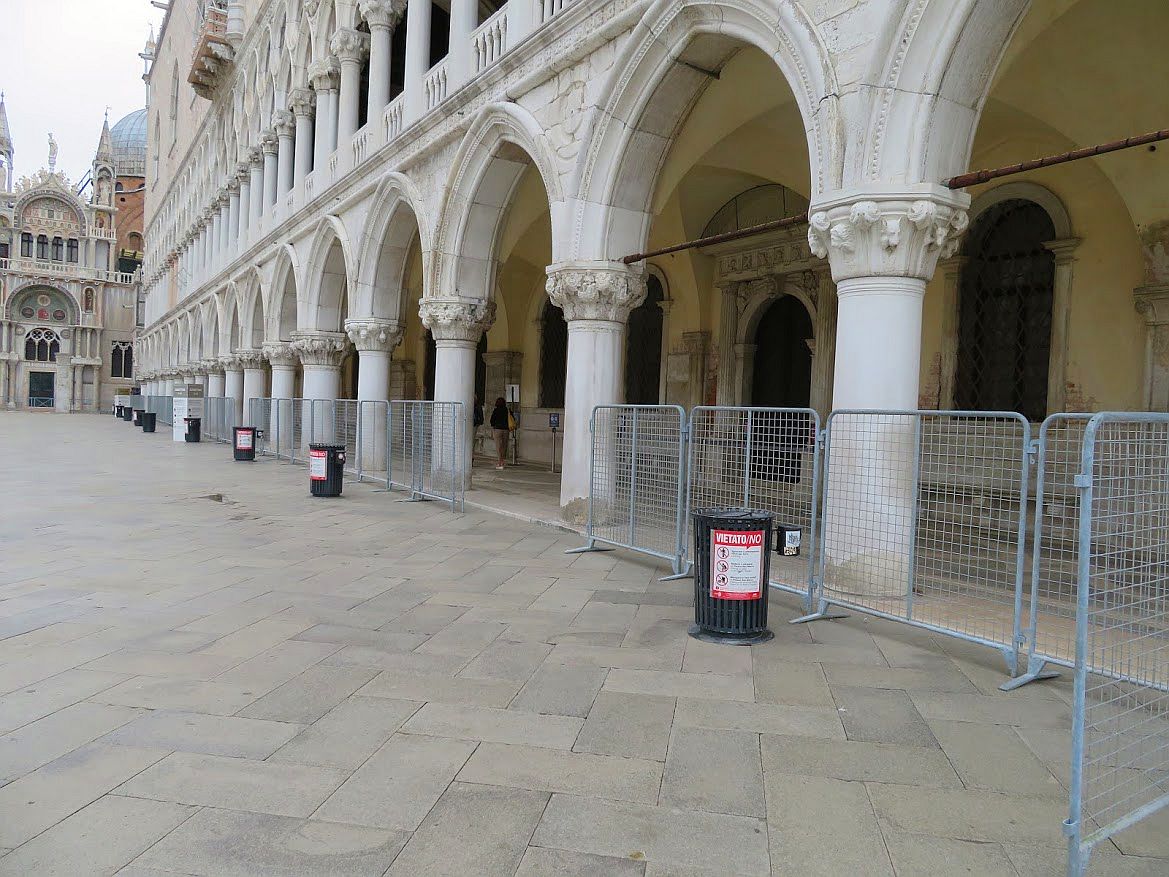
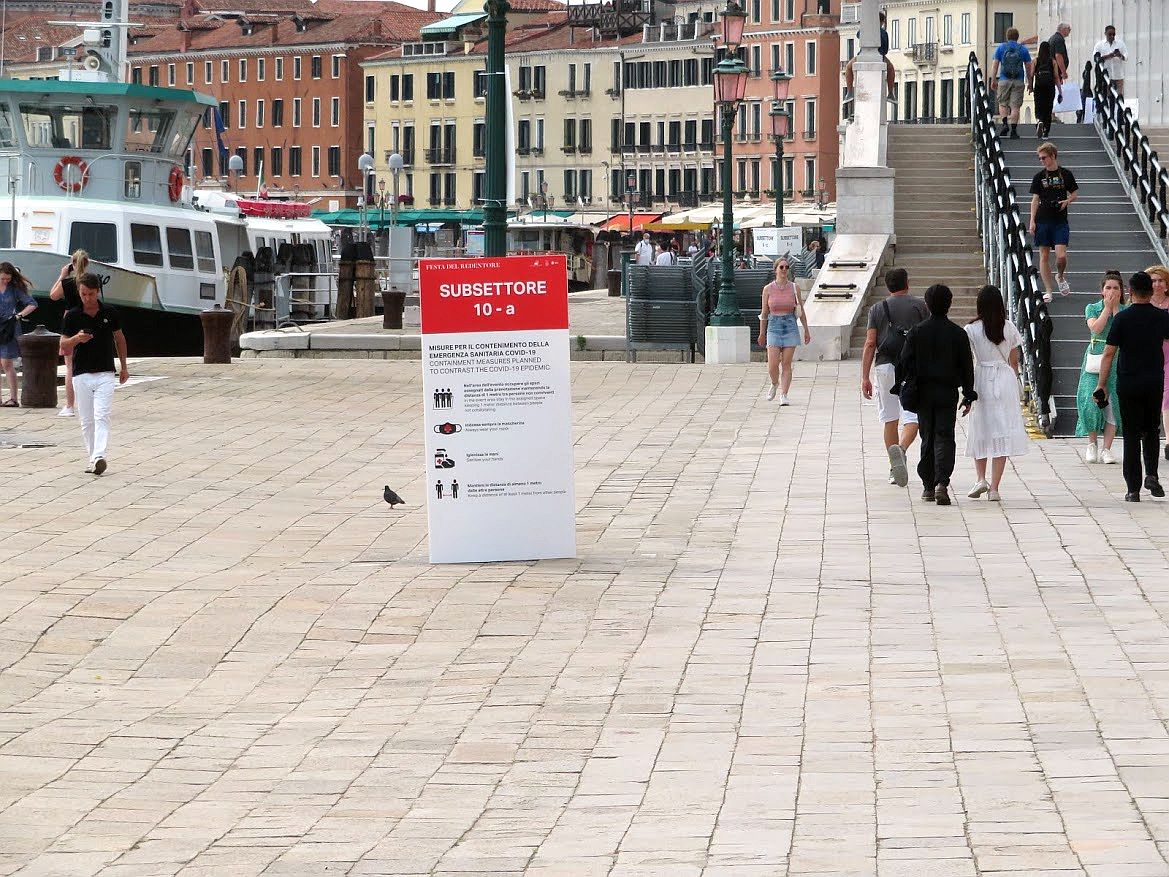
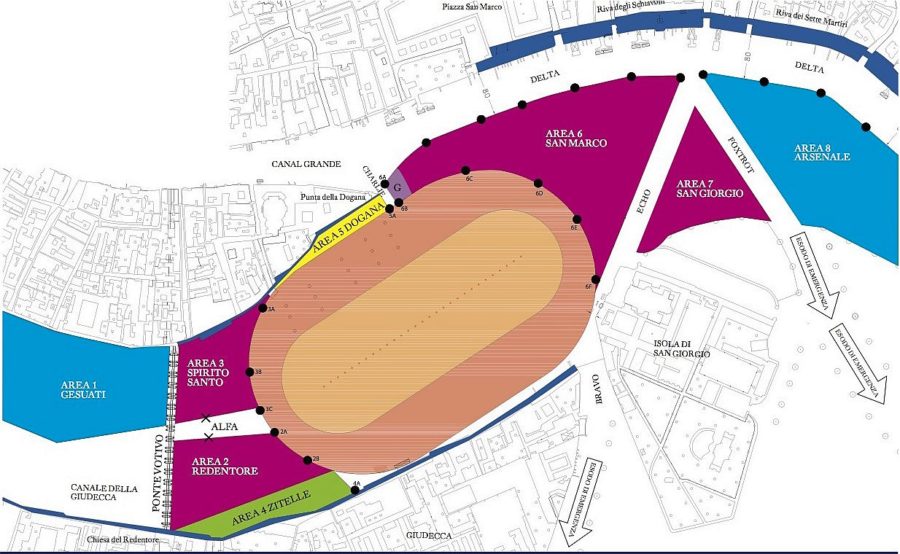
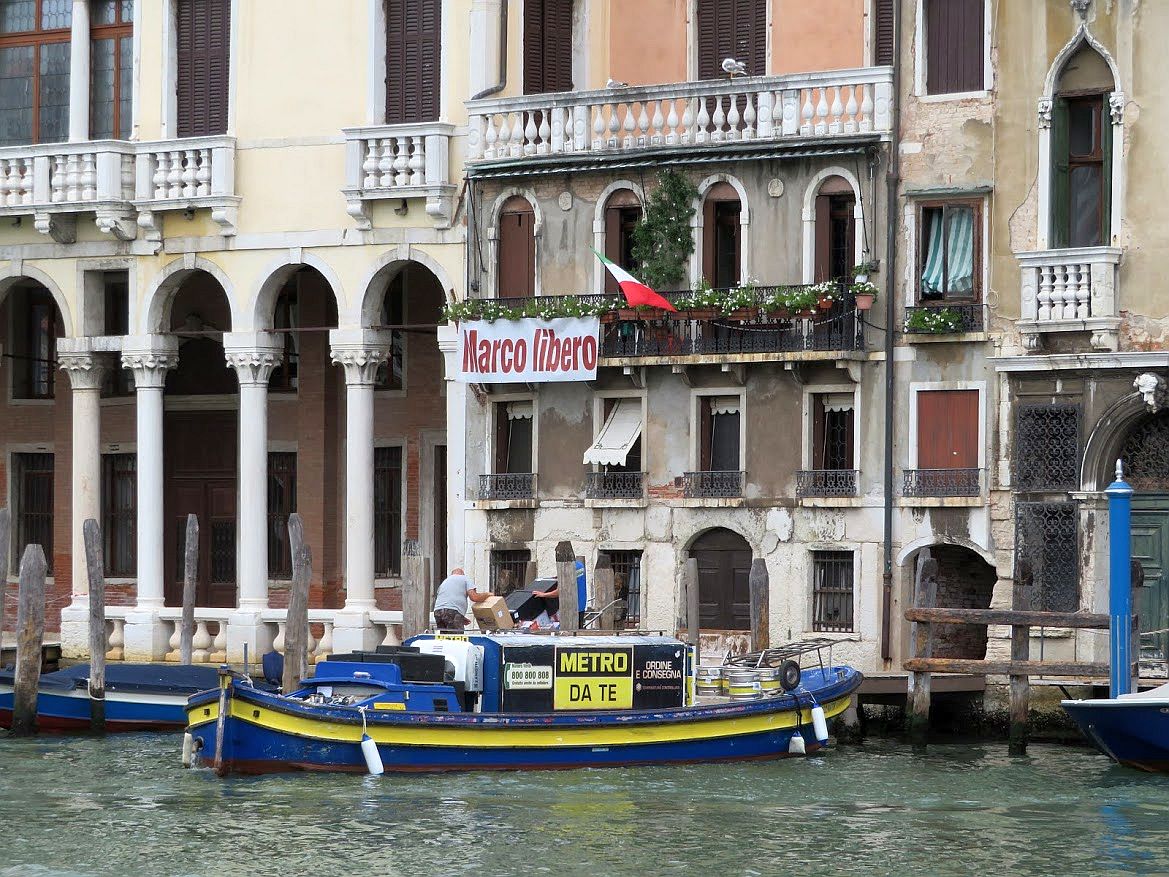
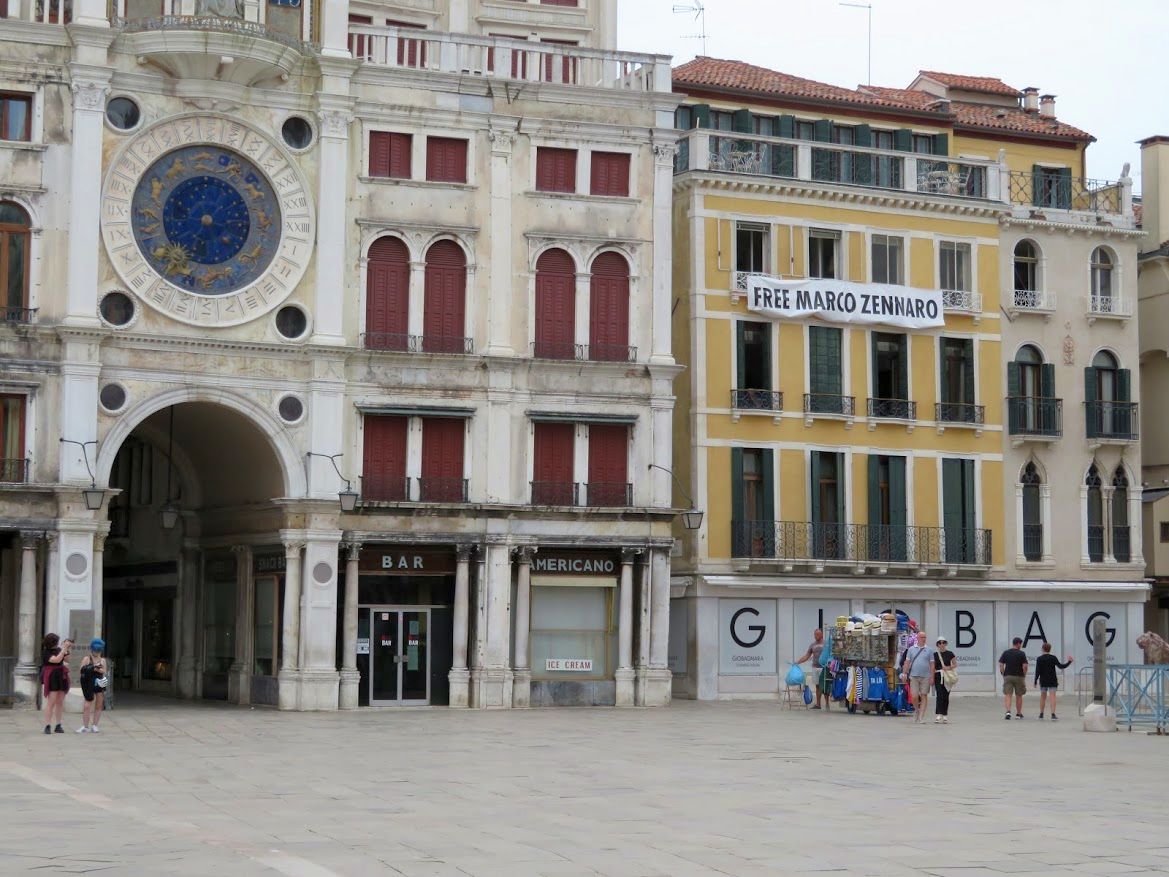
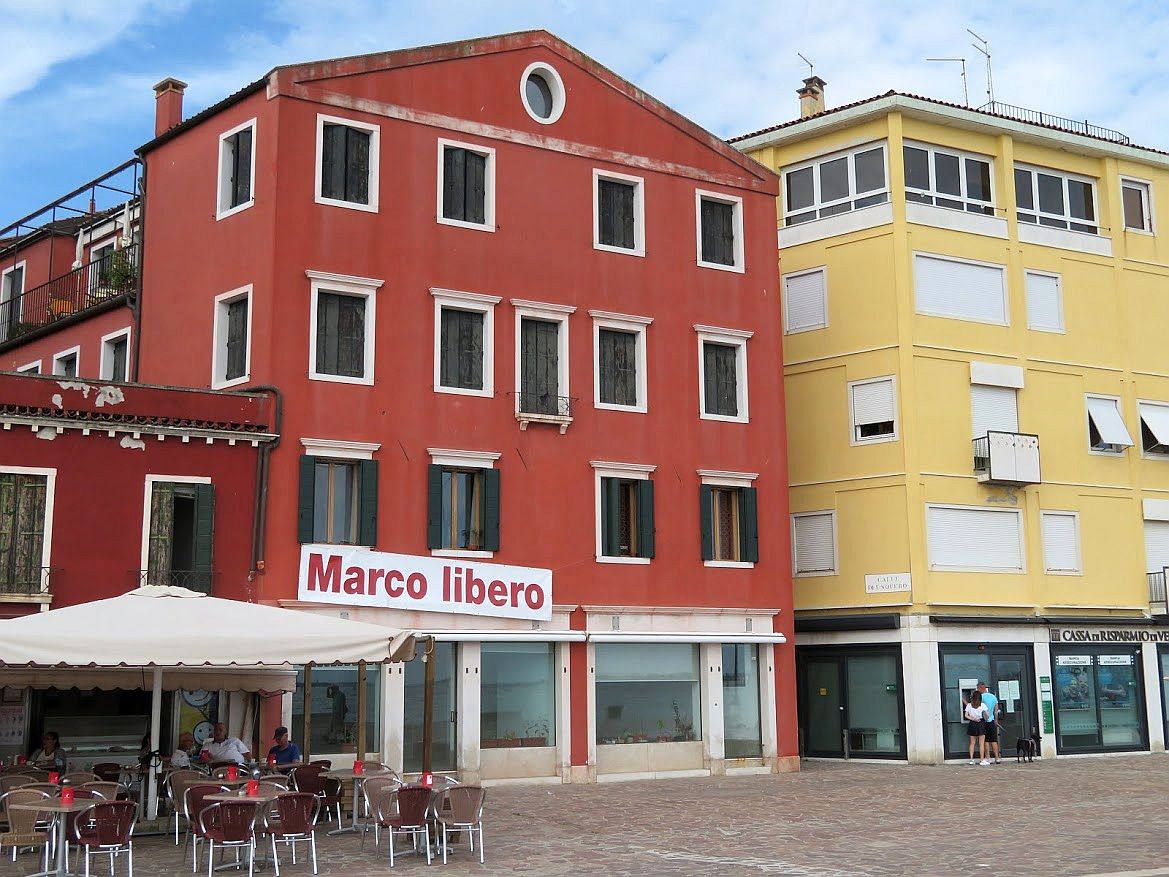
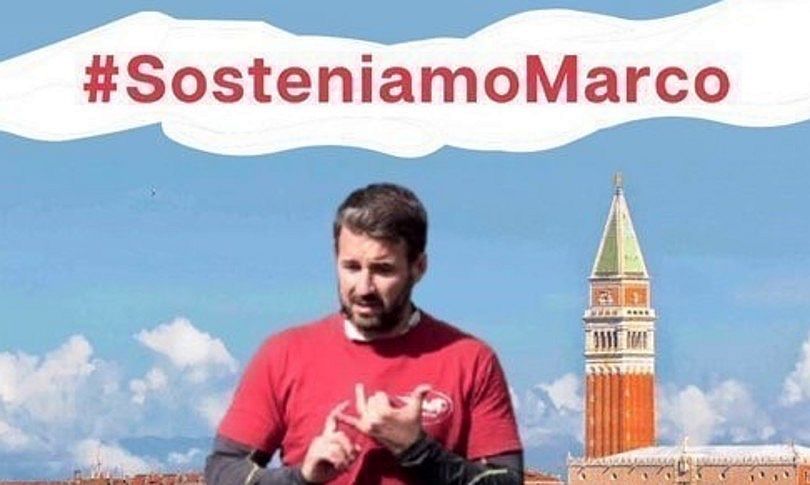
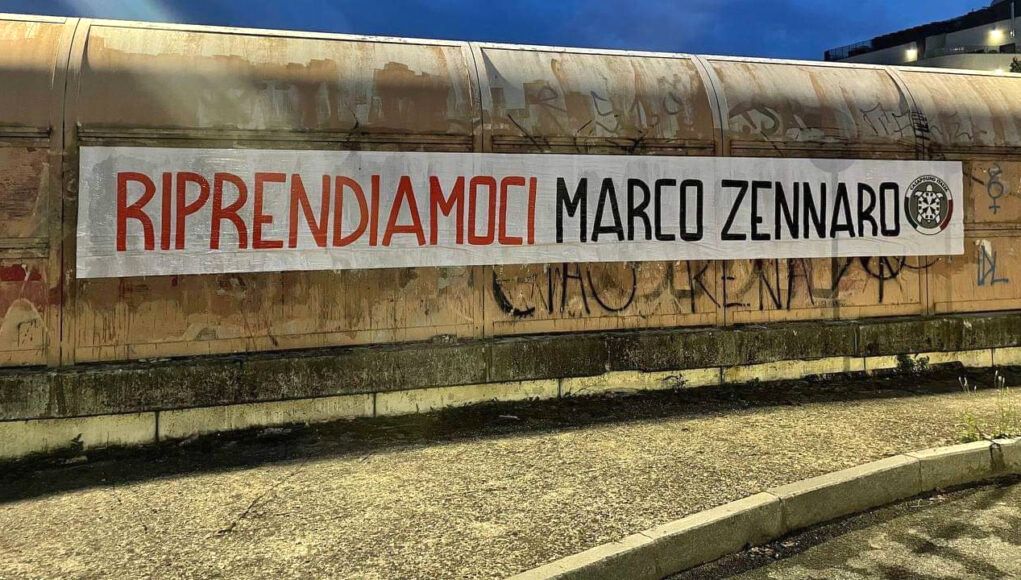
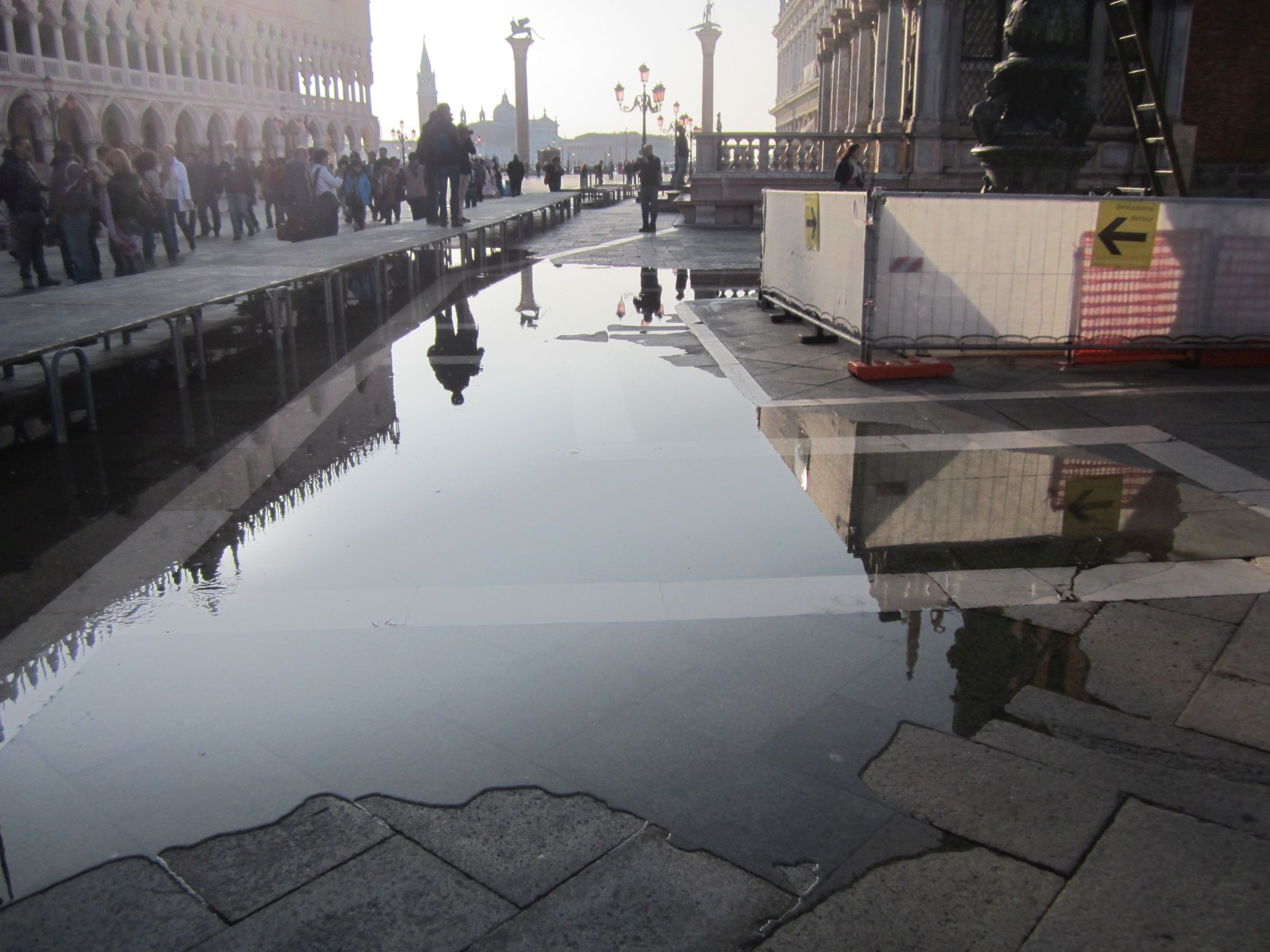
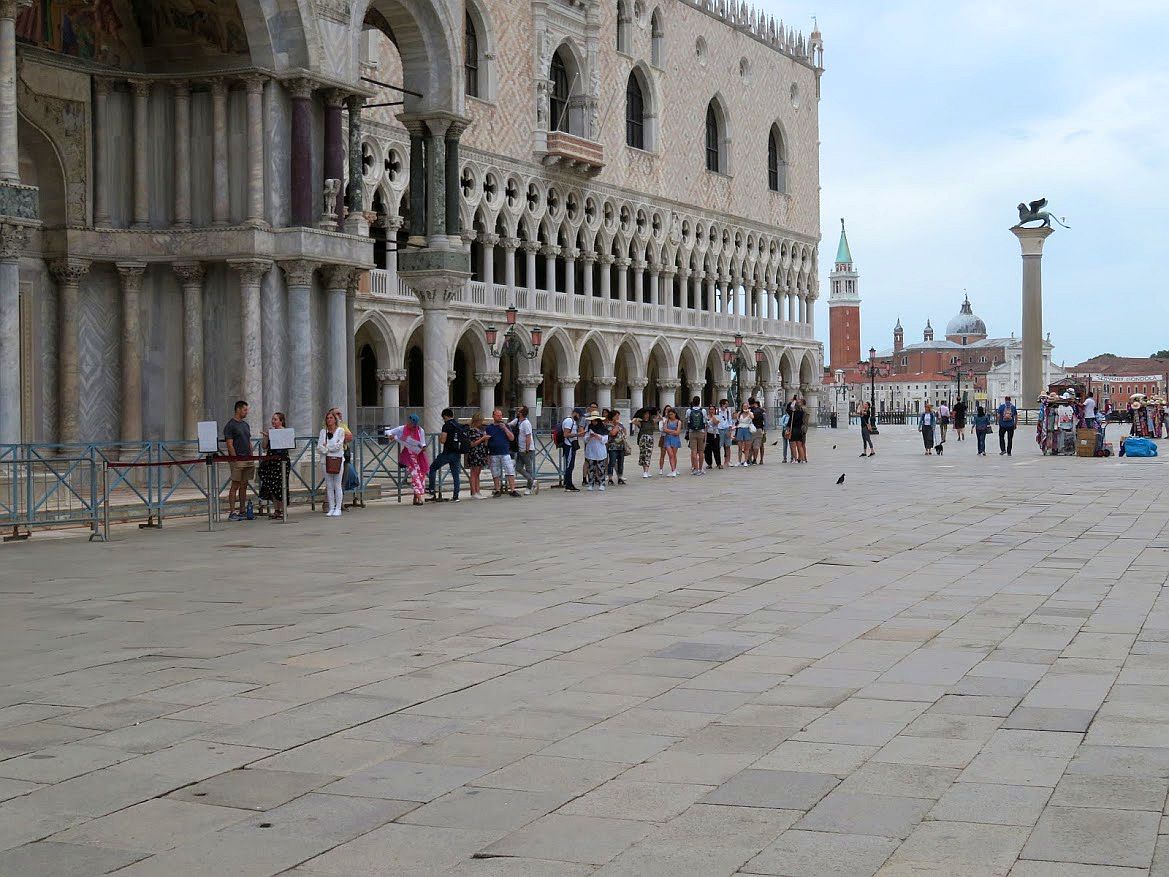
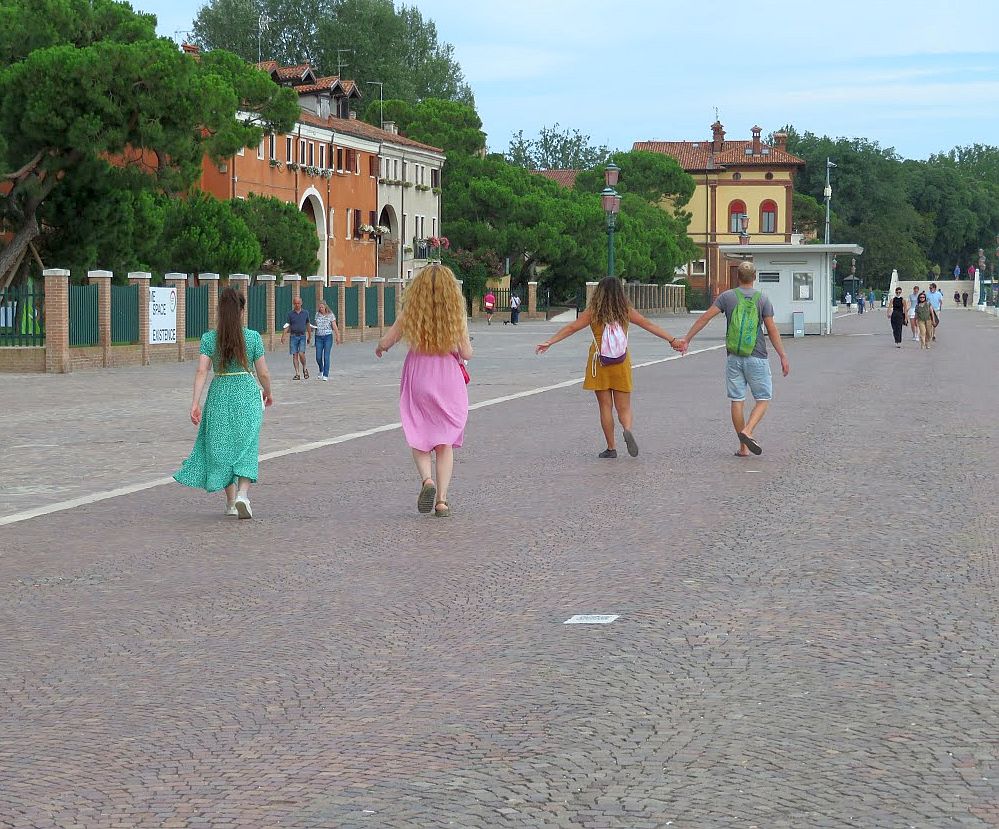

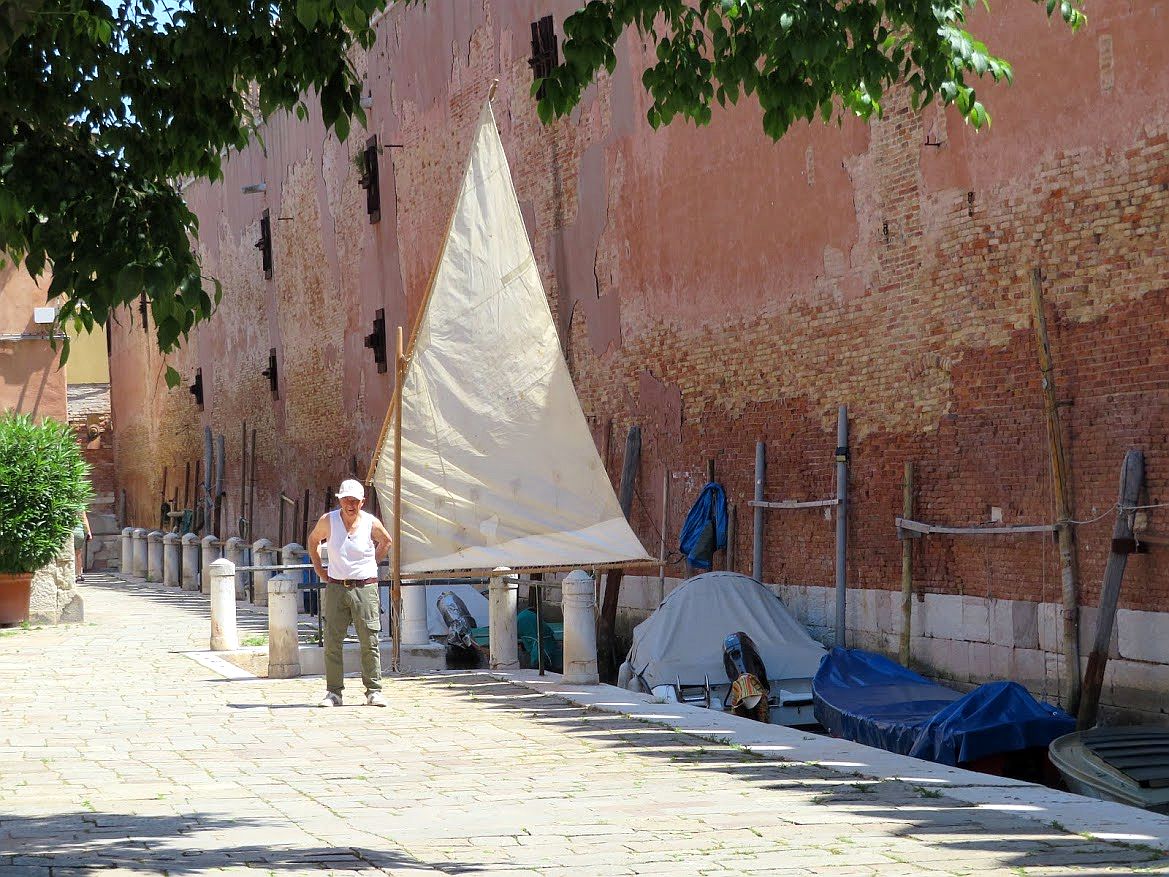
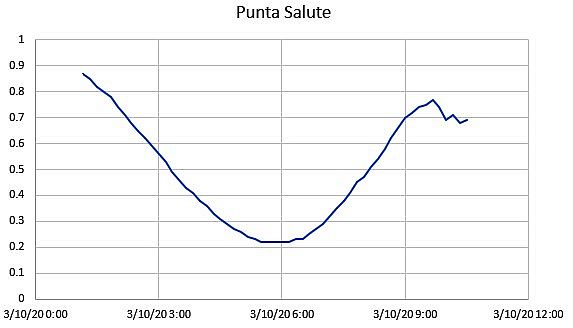
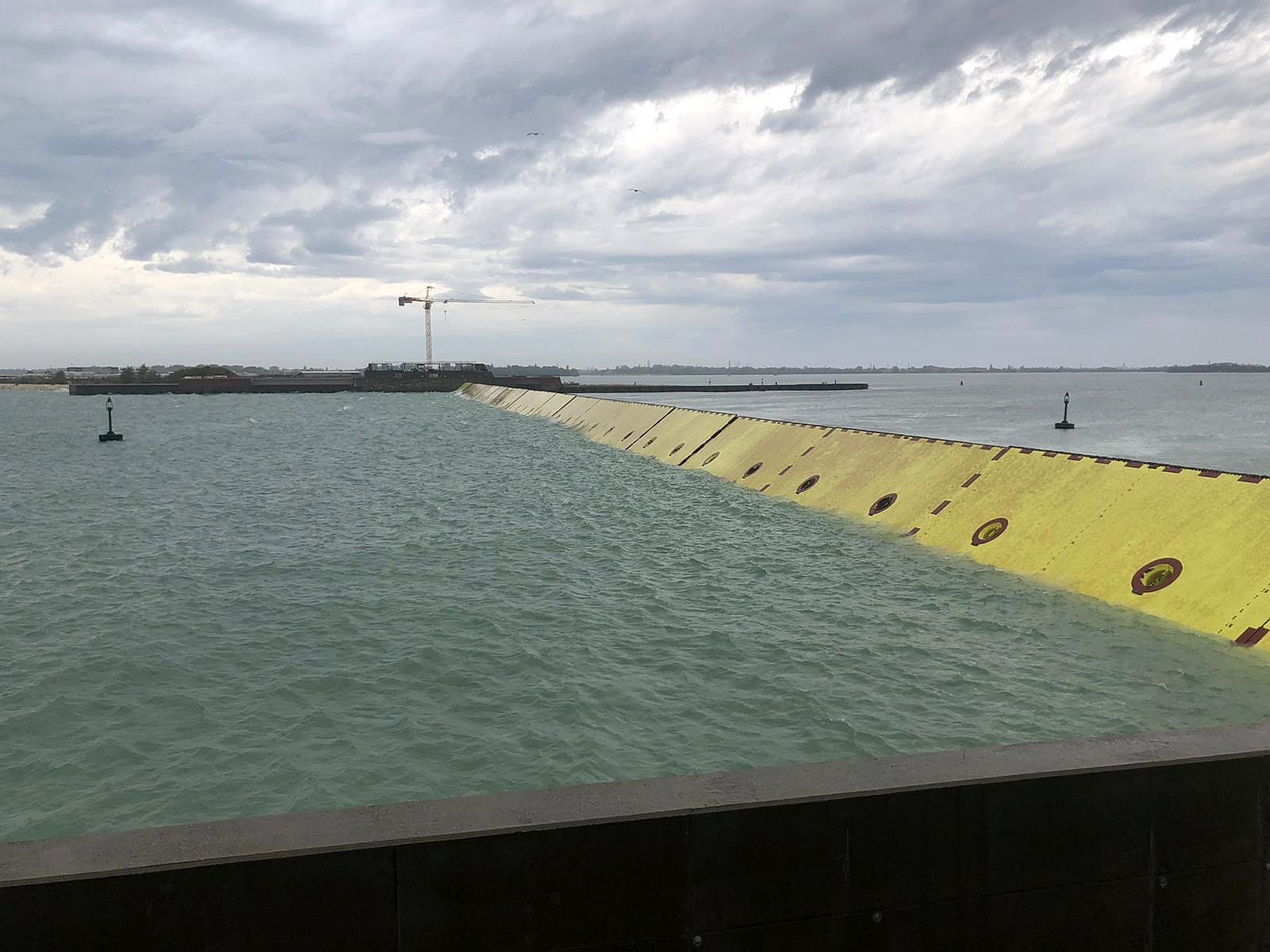

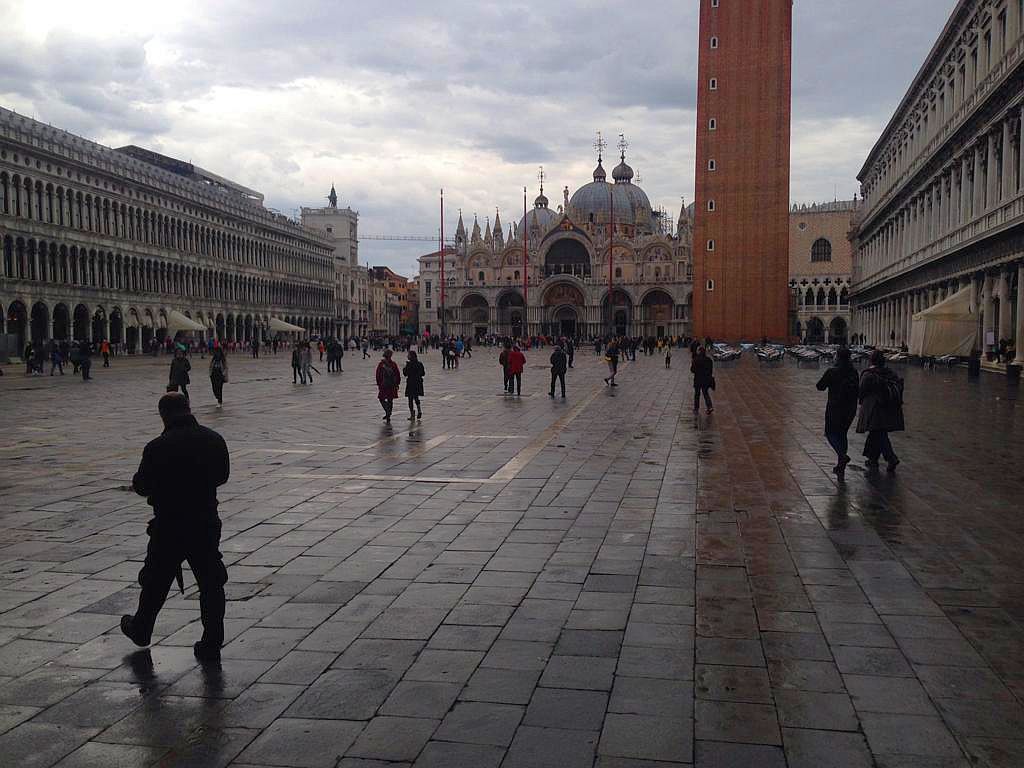
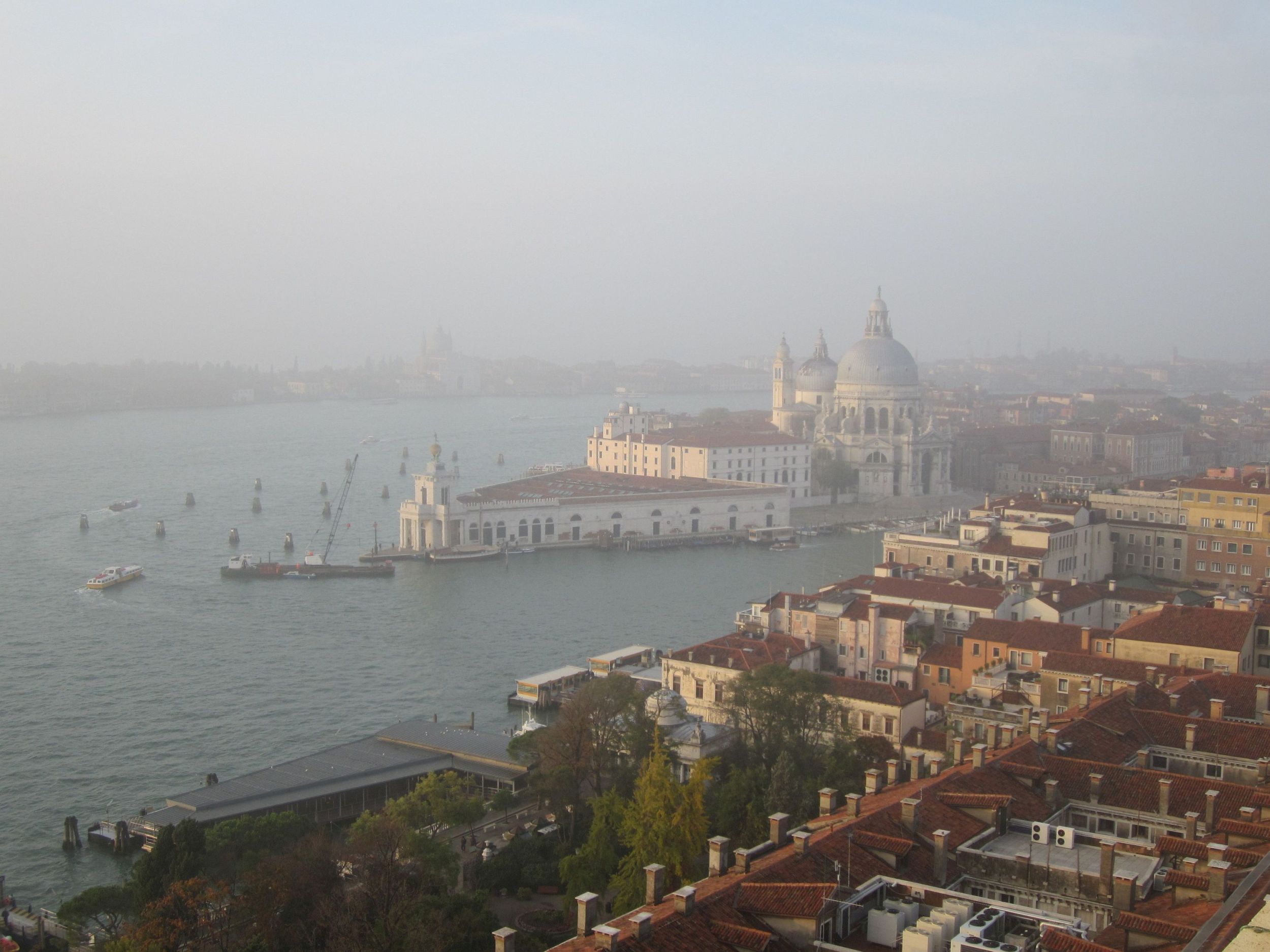
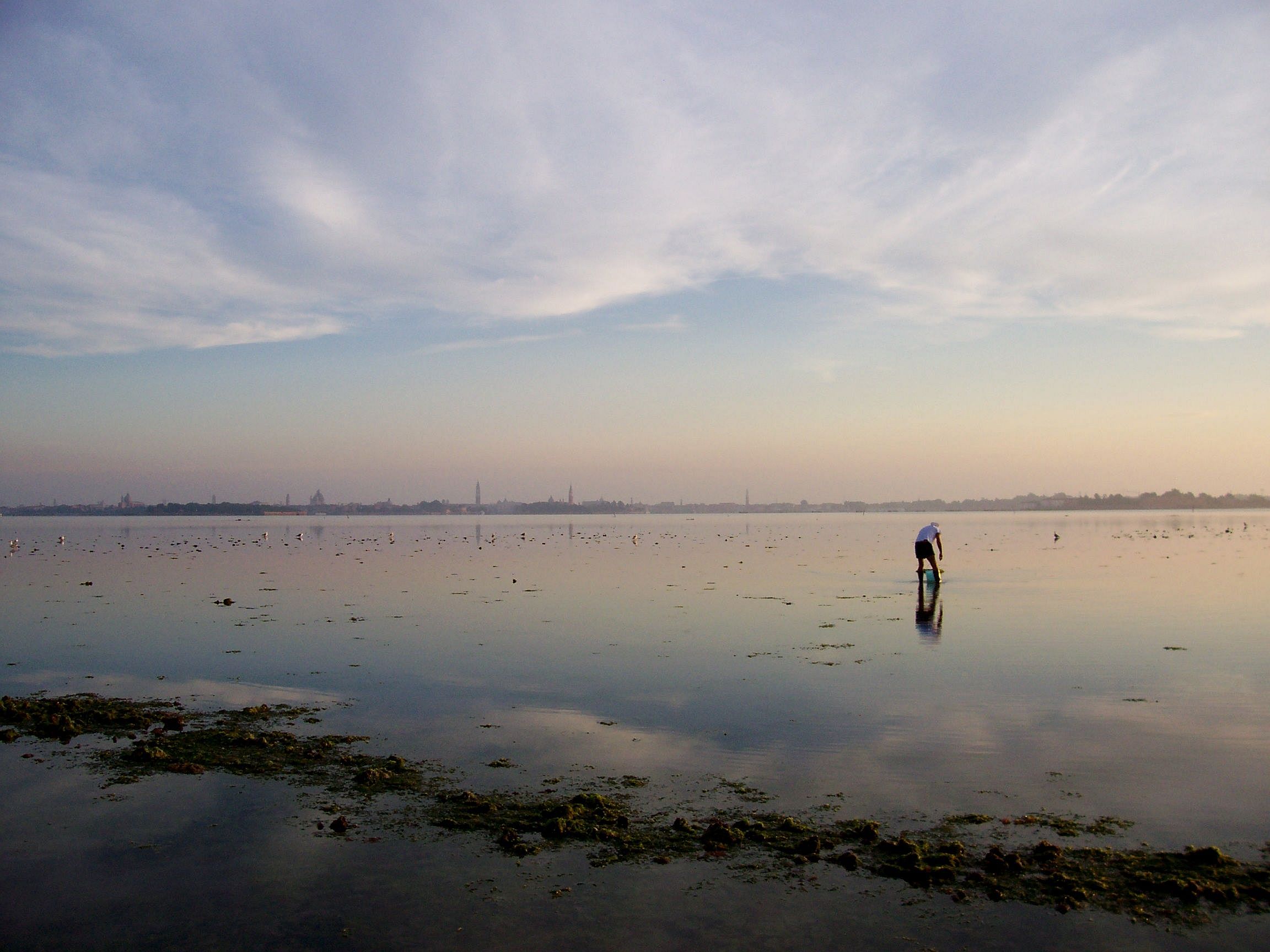

By the way, all this increased traffic will make it even more important to keep the aforementioned channel dredged. However, the deeper the channel, the faster the tide enters and exits, and already this action removes millions of cubic meters of sediment from the lagoon every year. Everyone knows that the Canale dei Petroli has thus caused incalculable damage to the lagoon and its extraordinary ecosystems. Ironic that UNESCO decided to designate part of the lagoon as a national monument with the notion of protecting it, but they seem not to have taken into account the effect so much extra traffic will have in a channel that essentially behaves as if it were a water vacuum sucking the soil from the lagoon.
FREE MARCO ZENNARO: